Last Updated on June 23, 2025 by Alexx
Thinking about tackling Albania as a solo female traveller? Here’s an honest and detailed Albania solo travel guide with helpful advice and things to know before you go.
If you’ve been researching solo travel in Albania, you’ve probably come across a vast spectrum of opinions, ranging from “Europe’s best-kept secret” to “dangerous, disappointing and dirty”. Obviously I had to visit for myself to find out the truth!
After spending a few weeks travelling solo in Albania with an open mind, it became clear to me that the answer really lies somewhere in the middle, and that the experience can vary wildly depending on where you go.
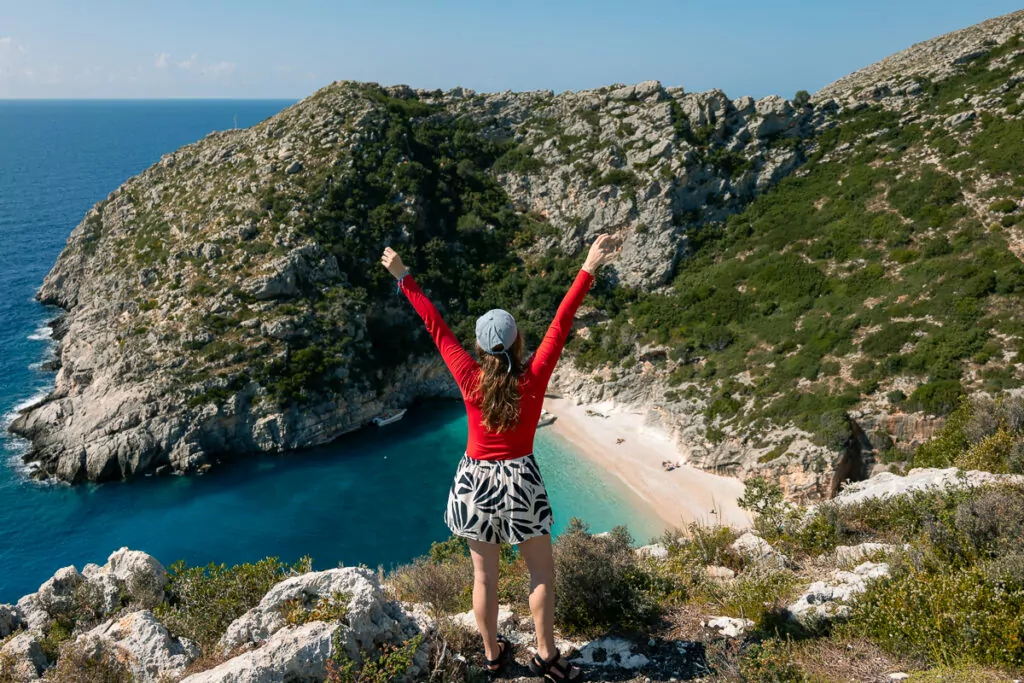
The inland historic towns feel like a step back in time, the coastline is as impressive as any other beach destination in the Med, and Komani Lake’s dramatic scenery surprised me more than anywhere else I visited that year.
But on the other hand, there are undeniable issues that solo female travellers need to be aware of, particularly local attitudes towards women, a messy transport network, and a rapidly-growing tourism industry which current infrastructure and regulations can’t handle.
I’m certainly not going to tell you not to visit Albania as a solo traveller, some moments of my trip were all-time travel highlights for me, but I do want to give you the real, unfiltered truth about solo female travel in this up-and-coming country so you know what to expect and can prepare accordingly.
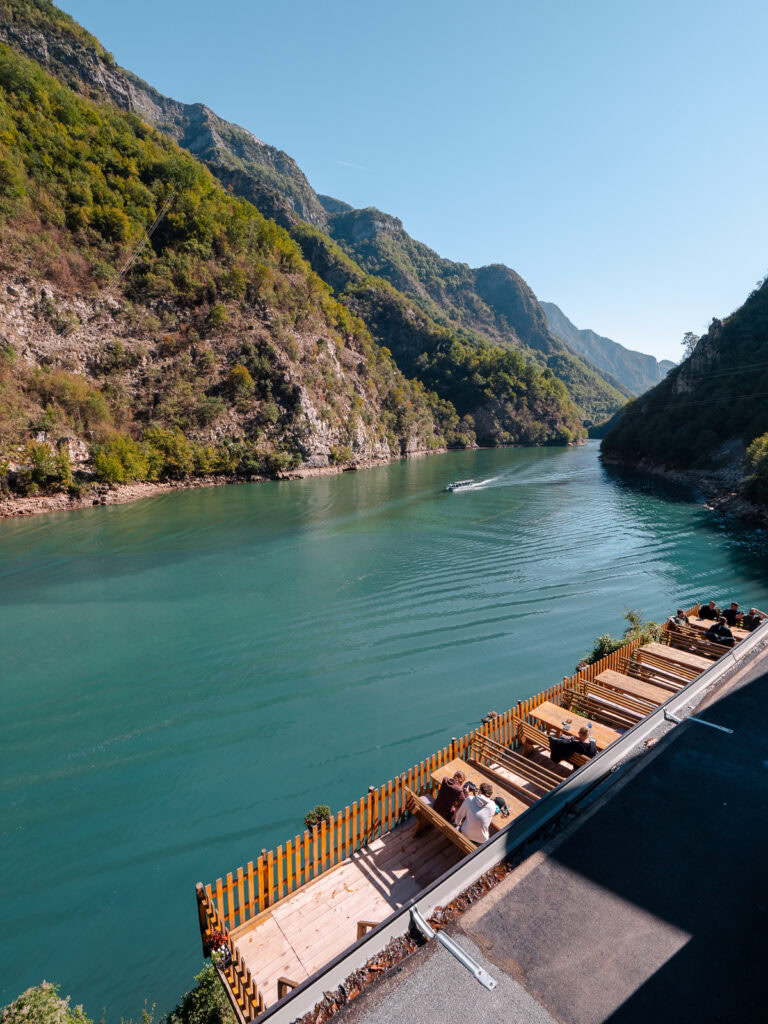
In this Albania solo female travel guide I’ll share the good, the bad and the ugly, plus safety advice that’s actually helpful, practical tips for solo exploring, solo-friendly bucket list experiences, and loads of intel on how to plan the ultimate solo adventure. Whether you’re spending one or two weeks in Albania, or just zipping through as part of a bigger Balkans itinerary or a huge Europe trip, I’ve got you covered.
And as always, if you have any concerns or questions please feel free to leave a comment below or flick me a message on Instagram @findingalexx 🥰
Please note this blog contains affiliate links that give me a small commission from any purchase, at no extra cost to you. I would never advertise anything I wouldn’t use myself, and this commission helps Finding Alexx reach more travellers. Thank you for supporting me!
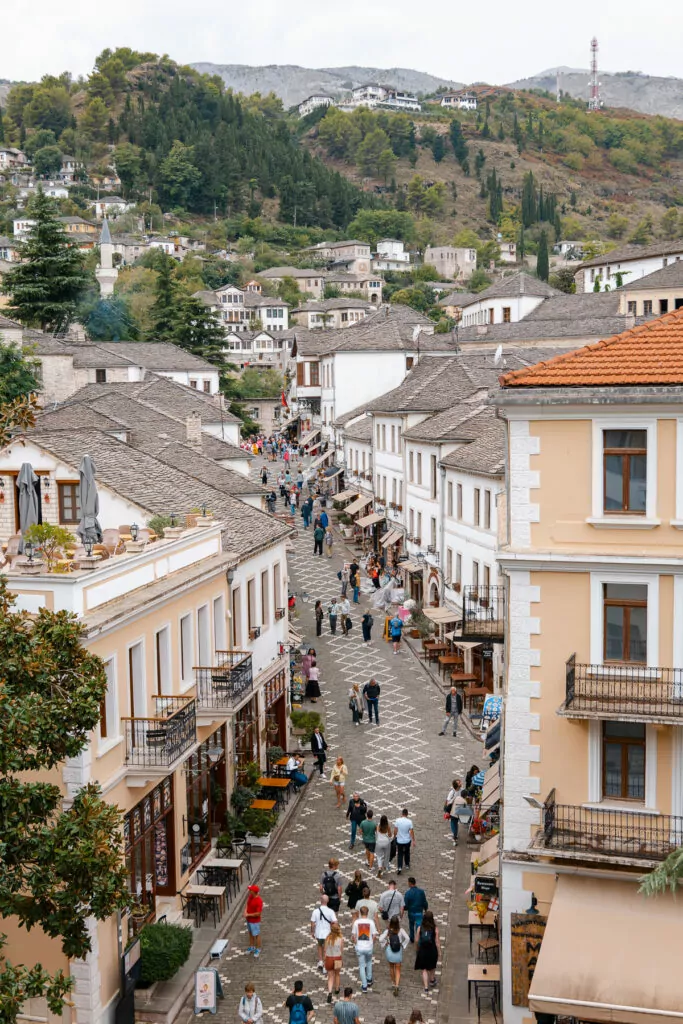
Summary: Is Albania safe for solo female travellers?
I genuinely can’t answer this for the country as a whole, it depends entirely on where you go.
While I felt completely safe in most of Albania (Tirana, Shkodër, Komani Lake, Gjirokastër and Himarë), the southern Riviera was a different story. Despite most people I encountered being warm and friendly, I had multiple uncomfortable situations with local men in just 10 days in Sarandë and Ksamil.
As someone who’s spent 5+ years travelling solo to over 50 countries with very few safety concerns, having multiple incidents in such a short time was honestly a shock to my system.
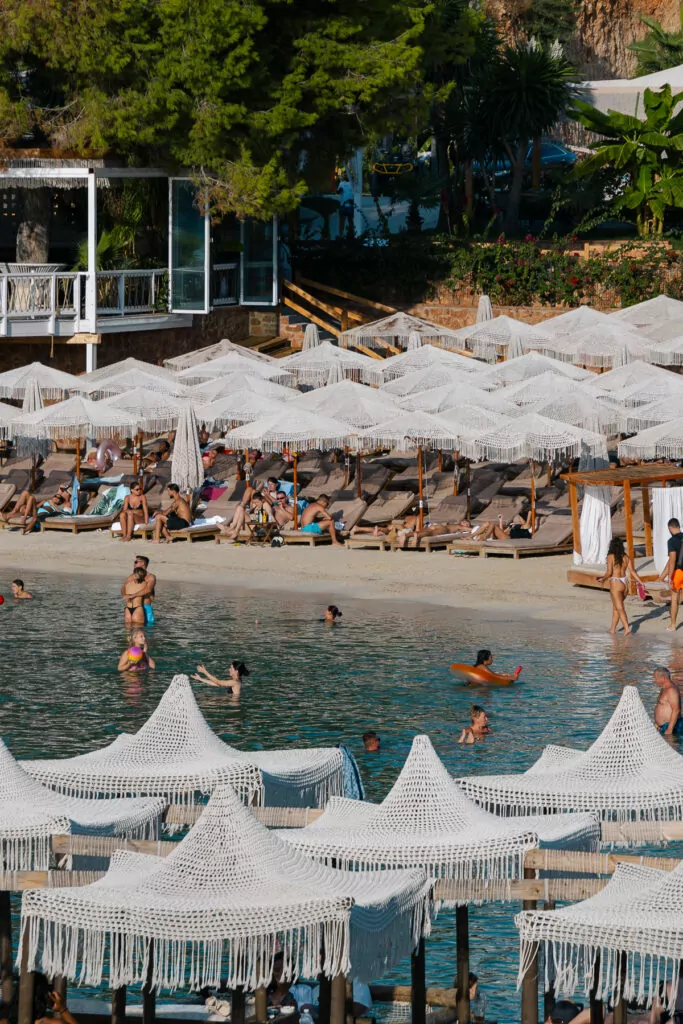
Quick things to know about Albania as a solo traveller
I’ll dive into each of these in more detail below, but if you just want a quick overview of solo travel in Albania, here you go:
- Conservative society means few women in public spaces, so solo female stand out
- No strict dress code outside of religious sites, but modest clothing is recommended outside of Tirana and the beach towns, just for respect of local culture
- Young people generally speak English, older generations don’t
- Buses connect major tourist spots but the transport network is fractured, things run on ‘Albania time’ and schedules aren’t always reliable
- Drivers are often aggressive and unpredictable, and road conditions can be poor. Renting a car is not for the faint of heart.
- Accommodation prices are rising drastically every year, particularly in the Riviera. Decent hotels in Sarandë, Ksamil and Dhërmi in peak season are priced similarly to the Greek Islands and Croatia.
- Northern Albania offers better value overall, with meals €7-12 vs €15-25 in the south and activities, car rental and day tours all cheaper too
- Unprecedented tourism growth is affecting infrastructure and local culture in the busy beach towns
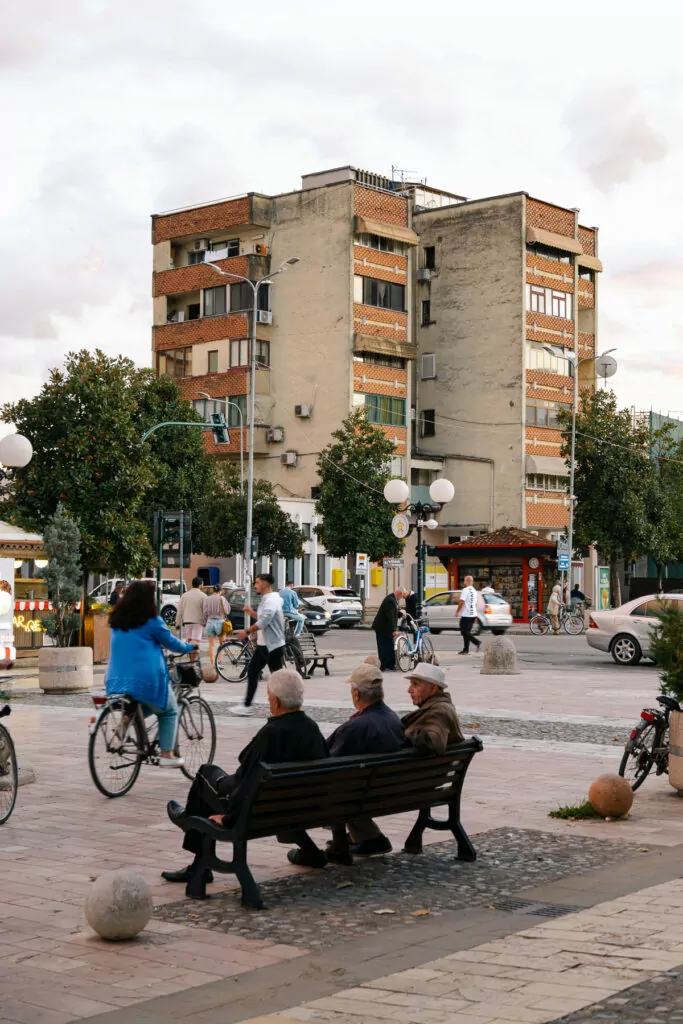
Solo travel in Albania: Important disclaimers
First of all, I’m writing this from my perspective as a white, cis-gendered, straight woman, so my experiences could be very different from those of women of colour or LGBTQ+ travellers.
If you identify with those groups, I would recommend seeking out information from travellers who present as you do. Albania does unfortunately have a bad reputation in terms of racism and homophobia, and the lack of diversity is very noticeable, but this isn’t something I can comment on personally.
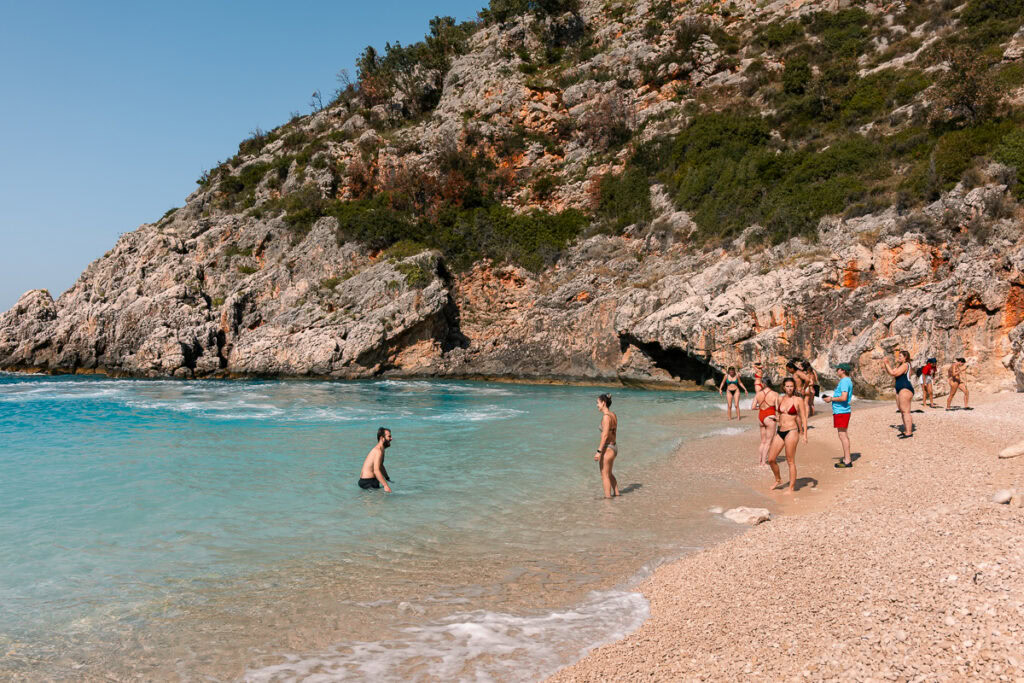
Secondly, the issues mentioned below stem from Albania’s complex history and systemic corruption. That’s not an excuse, just an explanation.
The country is still finding its feet after decades of isolation and communist rule, with societal norms and infrastructure yet to catch up. Patriarchal attitudes still rule, corruption has stalled development of basic services, and tourism brings economic opportunities never seen before so you can’t blame the locals for taking advantage.
I think the criticisms below are valid, but having an understanding of how it got to be this way can help you navigate the challenges with more patience and context.
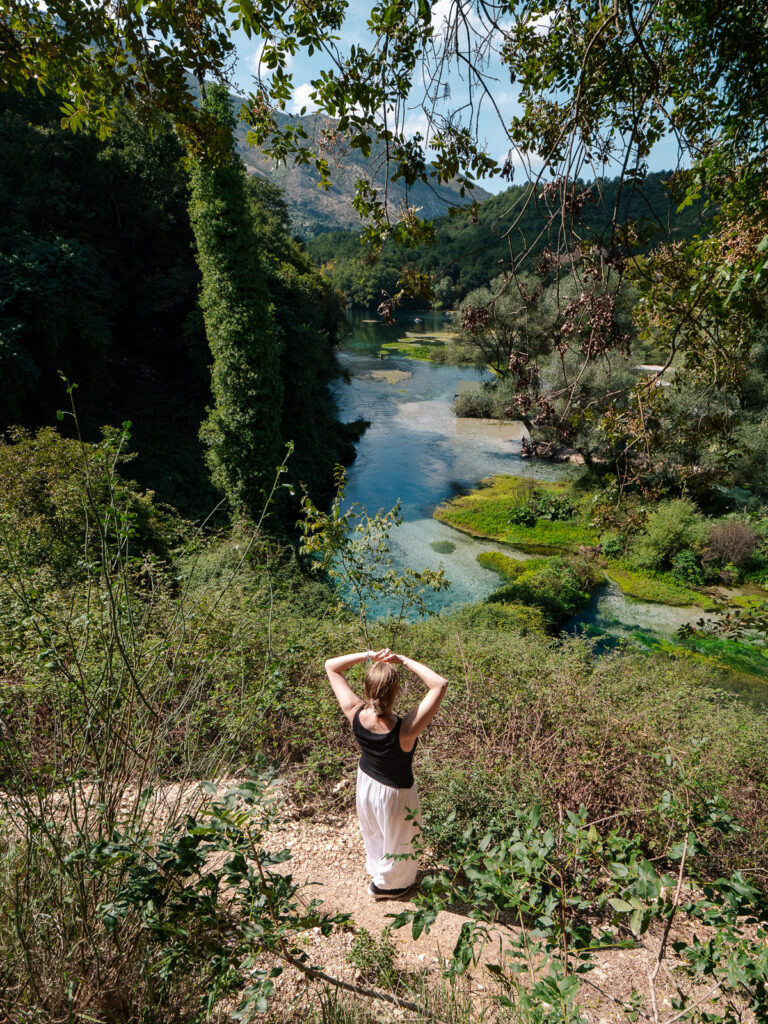
Albania solo travel safety overview
Is Albania safe for solo travel?
Albania’s overall crime rate is low and violence towards tourists is rare.
Men or couples/groups with men in them will probably find Albania safer than many European countries, but as a solo female traveller, there is a bigger picture beyond the statistics. I’ve given solo female travel safety its own section below, but here are the key safety concerns for all travellers to be aware of.
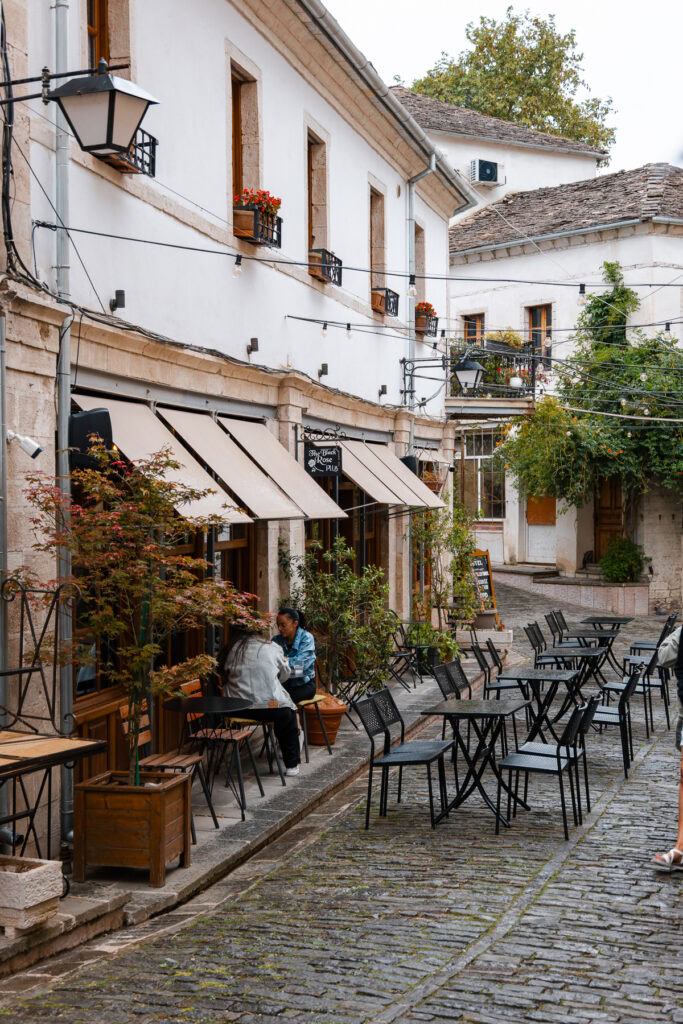
Petty crime
Petty crime is less common in Albania than it is in many other European countries, but it’s a good idea to keep your valuables secure and be careful in public places.
Scams
With ever-increasing tourist numbers, there are opportunists who will take advantage of unknowing foreigners. The main ones to be aware of are:
- Card-skimming, stick to bank-owned ATMs (not EuroNet for the love of God) and keep an eye on your transactions so you can freeze your card if anything looks dodgy
- Fake accommodation listings, only book places with multiple reviews
- Taxis overcharging, especially in the Riviera. Official taxis (yellow plates) are meant to use the meter but most don’t, unofficial taxis (white plates) are unregulated, won’t have meters installed at all, and will charge more
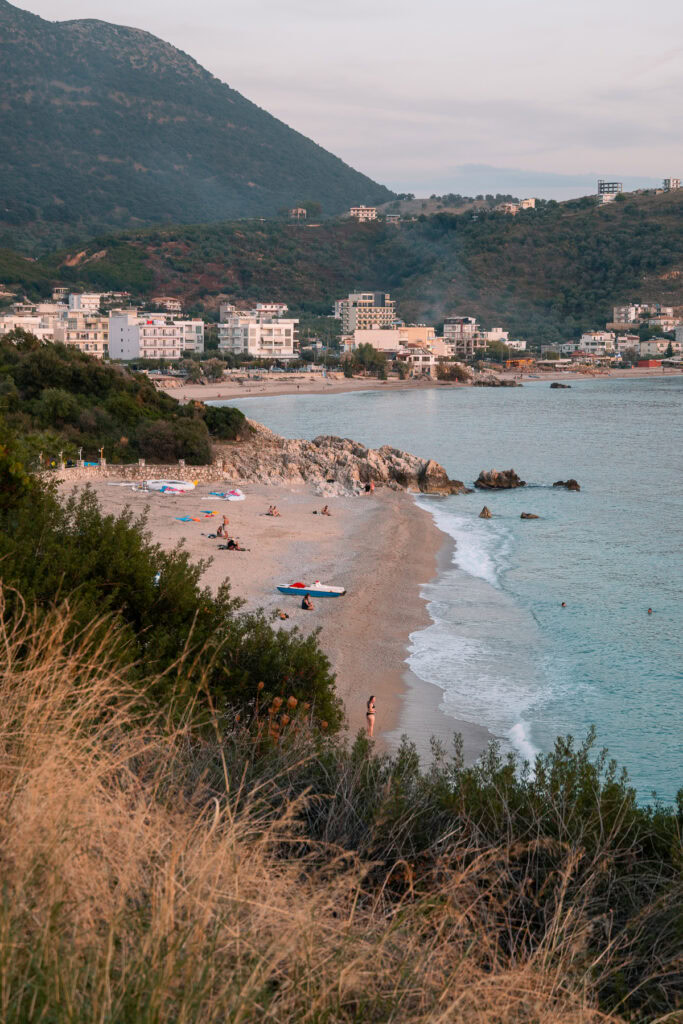
Safety in nature
Albania’s got some of the most spectacular landscapes in Eastern Europe, with plenty of outdoor adventures from boat trips to epic treks to white water rafting. If these are calling your name, some simple precautions will help minimise any risks:
- Book guided hikes or connect with other solo female hikers through hostels and Facebook groups
- Prepare for changeable weather in exposed coastal and mountain areas
- Choose reputable companies for adventure activities, even if their prices are a little higher. Albania’s health and safety regulations may be different to what you’d expect in more developed tourist destinations, so it’s vital to find trustworthy operators.
- Check with your accommodation if there are any wildlife risks in the reason. Bears, wolves and lynxes are rare but present in the mountains, and there are some venomous snakes and spiders similar to other Balkan countries.
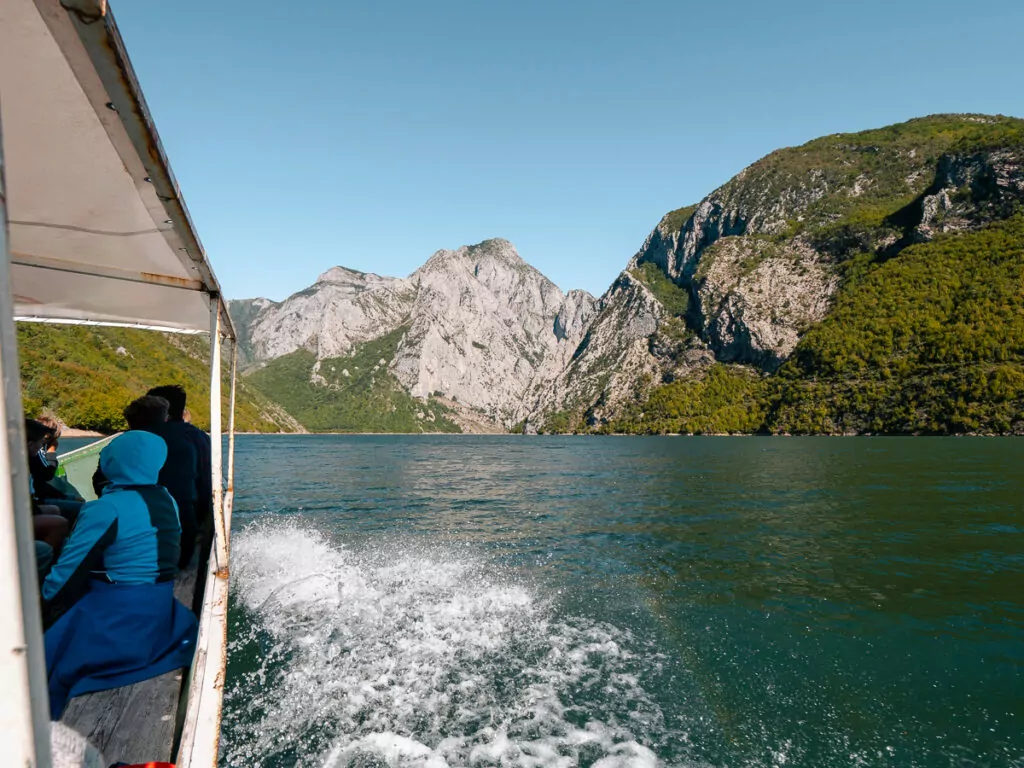
Access (or lack thereof) to emergency services and medical care
Albania’s public services have been underfunded for decades, and this is particularly obvious when it comes to emergency response and healthcare. This is not a country you want to have a heart attack in!
Tirana’s got medical facilities as good as most European capitals, but outside of the main centres there is limited access to hospitals, clinics and pharmacies. Local women will always be happy to help you find a doctor if you need one, through Google Translate if necessary.
Keep emergency numbers saved (112 for general emergencies, 127 for ambulance), and note that operators might not speak English but should connect you with someone who can.
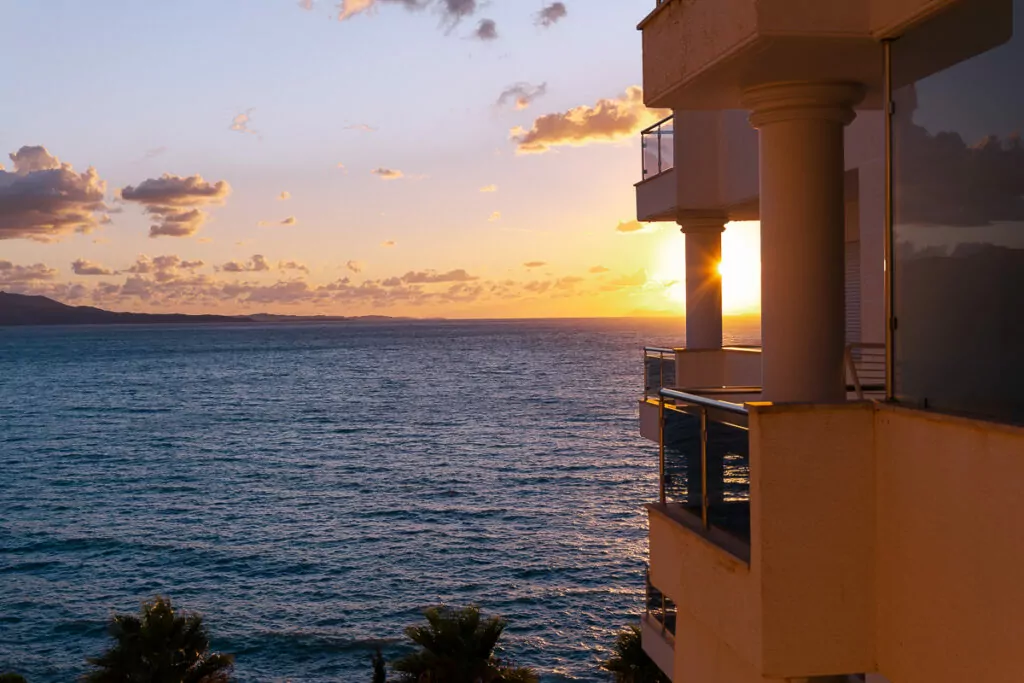
Take out comprehensive travel insurance before your trip, a good insurer will have a liaison team who can help you navigate the healthcare system in an emergency.
⚕️ I use Cover-More NZ insurance for all my trips (they have policies for Australian residents too), and I have a detailed guide to finding the best travel insurance policy.
Driving in Albania
Random fact: Albania’s wildly dangerous roads are a result of communism.
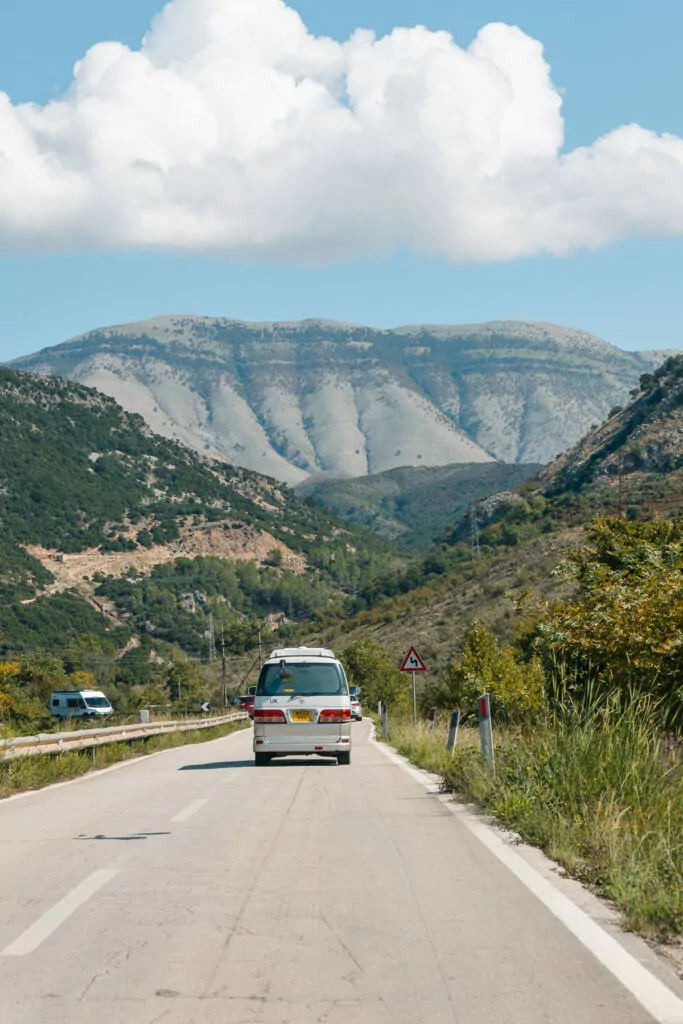
Private car ownership was banned for four decades until the fall of communism in 1992, and then the country suddenly started importing vehicles that were exponentially more powerful than what citizens had previously driven. In 1991 there were approximately 7500 cars in Albania, and by 2024 there were more than 800,000 🤯
Many roads outside of the main cities are poorly maintained, with terrible potholes, no safe passing areas, and steep drops without safety barriers.
Local drivers are notoriously unpredictable, road rules are merely a suggestion for many people. Expect to see overtaking on blind corners, completely ignoring stop signs or right of way, and in rural areas it’s not uncommon to have cars stop in the middle of the road to talk to their friend driving the other way.
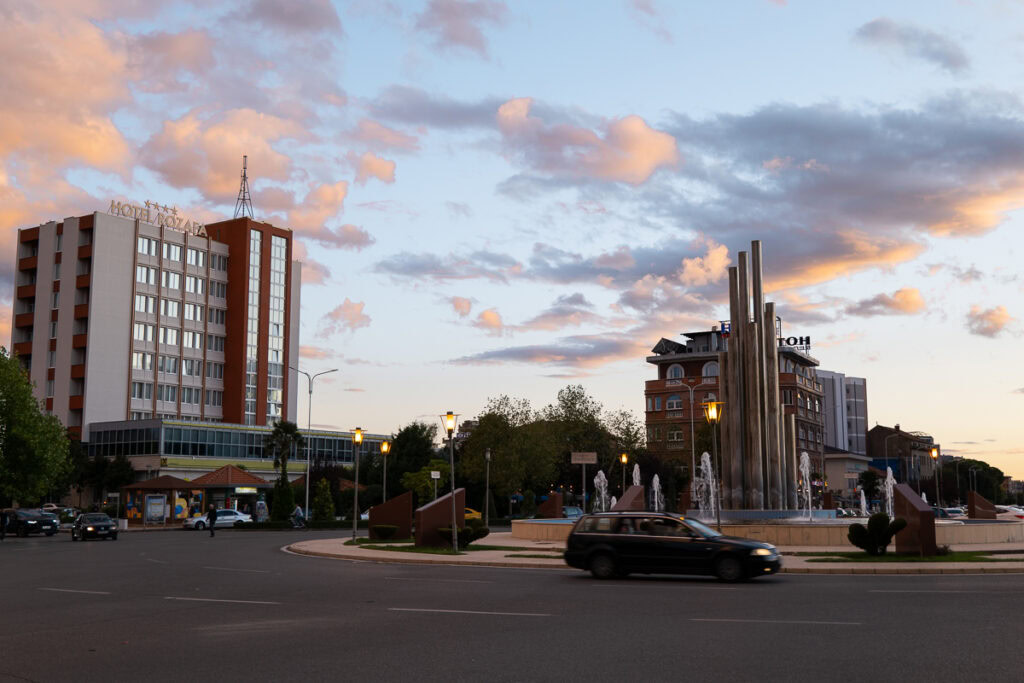
In Albania it is essential to drive defensively, expect the unexpected, let erratic drivers pass, and avoid driving at night if you can help it (the risks are just amplified after dark).
if you’re wondering how the heck they get away with this, the answer is good ol’ corruption. There’s a licensing system with theory and practical tests, but a number of locals told me that it’s common knowledge that you can bribe your way to a license without sitting anything. Which explains a lot to be honest!
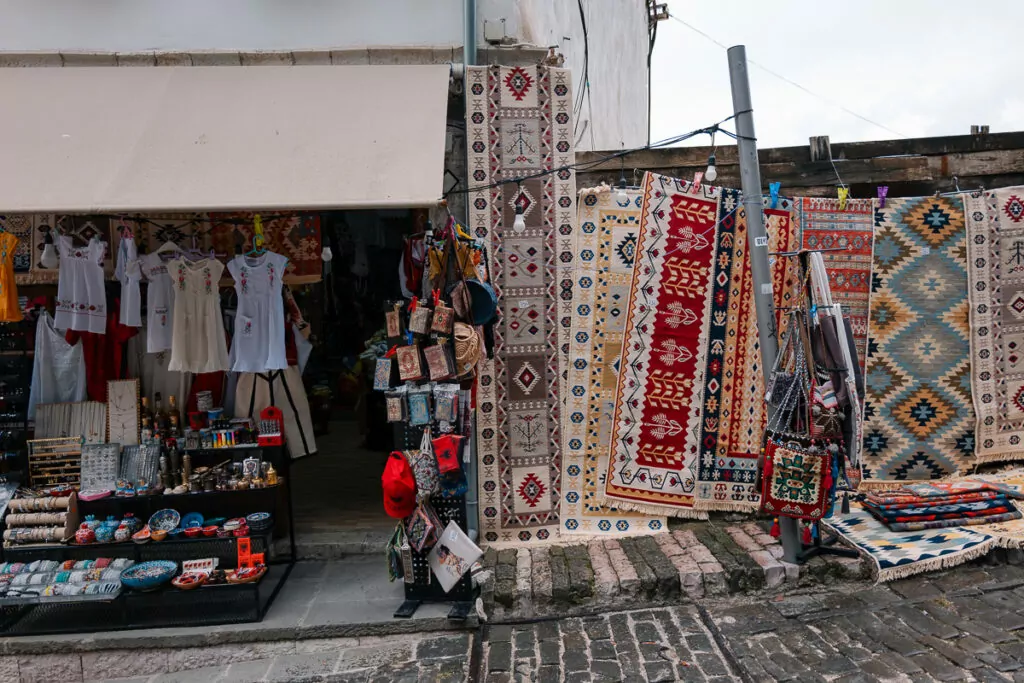
Corruption
Albania is ranked fifth-equal out of European countries for corruption, and this runs much deeper than just dodgy driver’s licenses. Corruption is rampant throughout politics, the judicial system, education, healthcare, and the police, and many Albanian citizens have little to no faith in the government or any public services.
Here’s how this can affect us as tourists:
- Tourism operators might operate without official licenses or insurance
- Police are not always trustworthy and may expect a bribe if they pull you over, and driving solo may make you an easy target
- If you’re the victim of a crime the judicial process can be frustrating to navigate, and there may never be any consequences for the offender
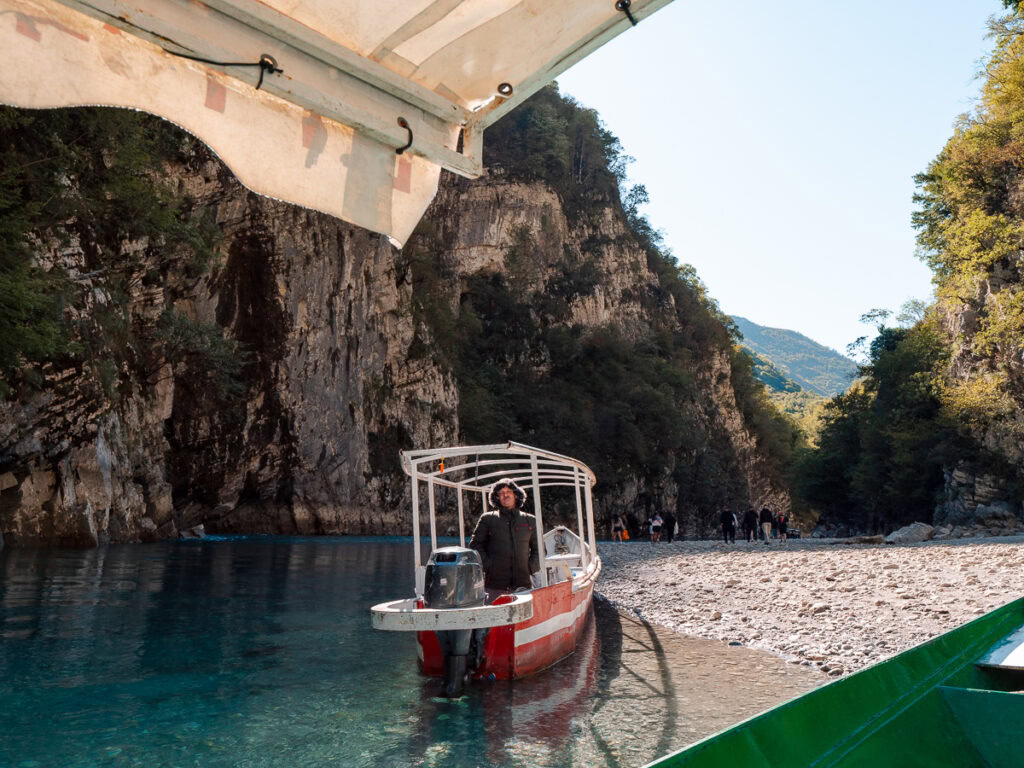
I witnessed this first-hand during my first visit to Albania, where I just had a couple of days up north on a two week Balkan trip. A car pulled out right in the path of our bus and scraped all along the side, doing major damage to his own vehicle and cosmetic damage to ours.
The other car drove off immediately, and our poor bus driver had to deal with corrupt officers to try get a report for insurance purposes. What should have been a fairly straightforward process (there were about 50 of us who witnessed it and got the car details) took three hours and multiple officers to write up, who were no doubt hoping our driver would get annoyed and just bribe them to speed it up.
I’ve heard similar stories about tourists in rental cars too, so just be aware that this is a risk of driving in Albania.
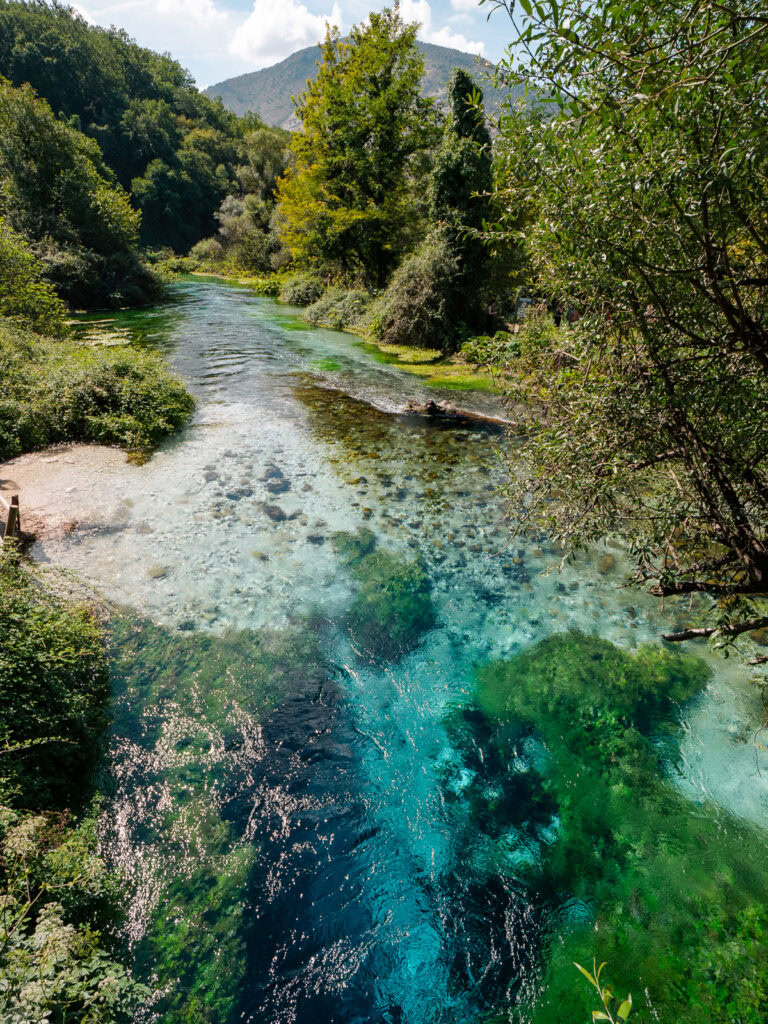
Is Albania safe for solo female travellers?
This one is much harder to answer, because while reported crime rates against women in Albania are relatively low compared to other Balkan countries, the aforementioned corruption combined with long-held patriarchal attitudes almost certainly blur the reality.
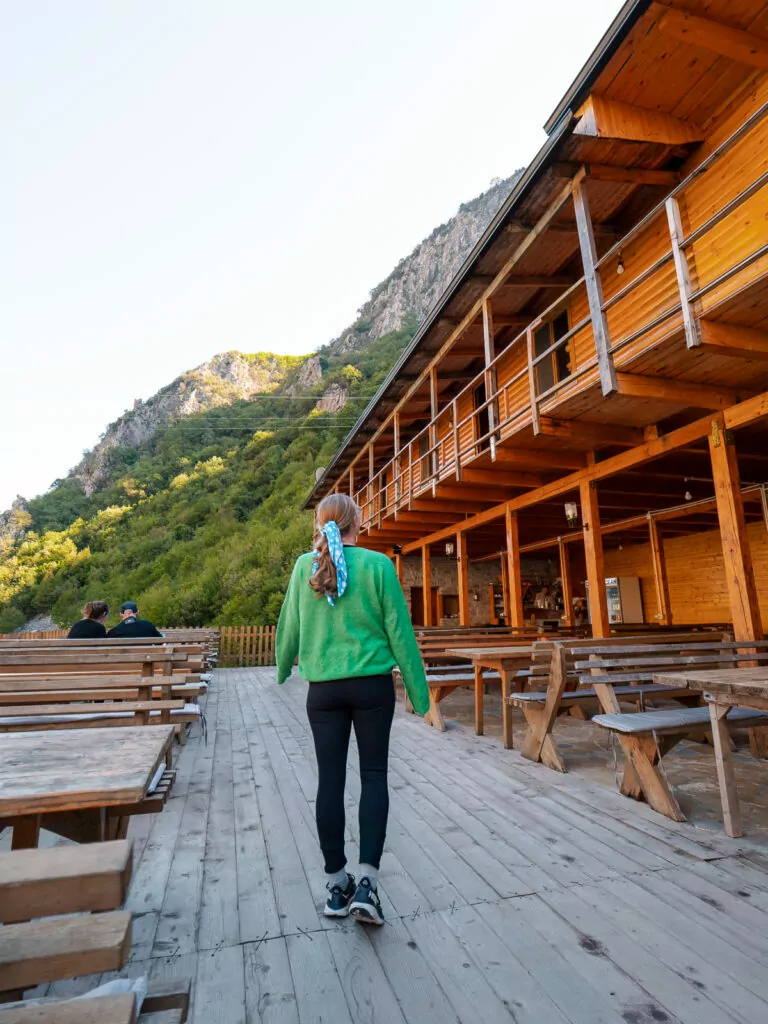
I did find two extremely worrying statistics though: in a UN Women Albania study in 2021, 26% of women aged 18-74 believe a woman should be ashamed to talk to anyone if she is raped, and 21% think that if a woman is raped, she did something to put herself in that position.
My heart breaks just typing that.
I haven’t personally heard of female travellers experiencing physical harm in Albania, but I have heard many instances of women experiencing (and have experienced myself) extremely uncomfortable situations due to the behaviour of men.
Let’s dive into the nuances of safety in Albania as a solo female traveller.
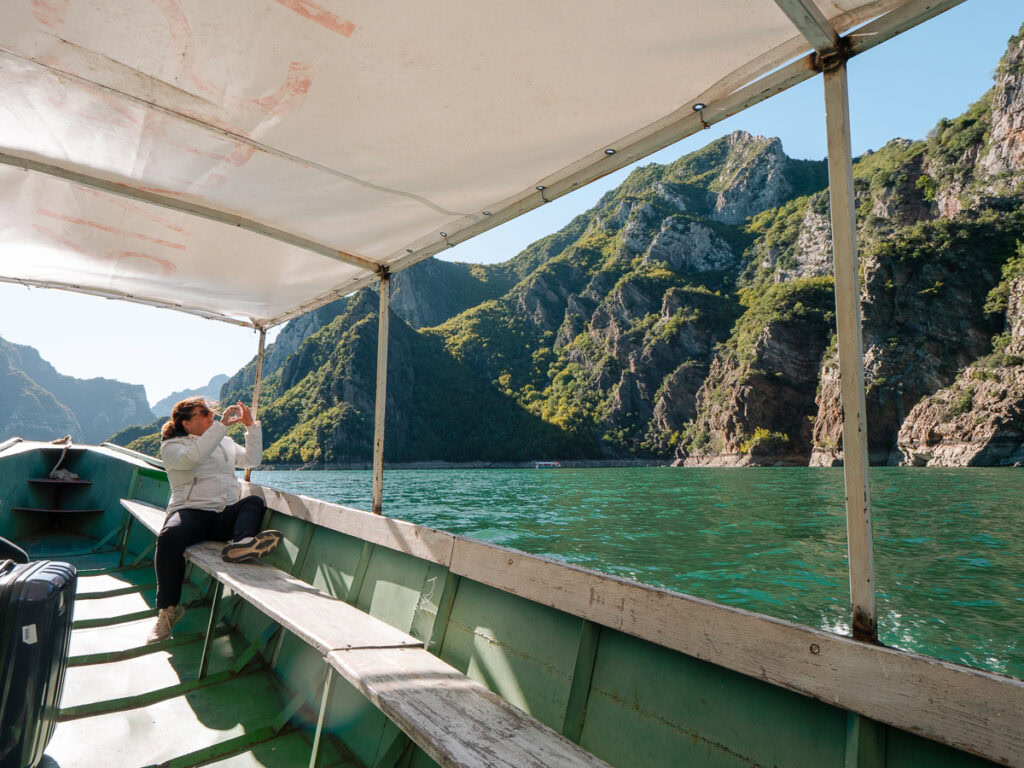
Safety vs. comfort: What’s the difference and why does it matter?
I often talk about the idea of safety vs. comfort in the context of solo female travel and I think it’s a helpful way to frame things.
When we’re out of our comfort zone, like travelling solo in an unfamiliar place, our survival instincts kick into overdrive. Our senses become ultra-heightened, we’ll notice every potential threat around us, and the line between actual danger and simple discomfort gets blurred.
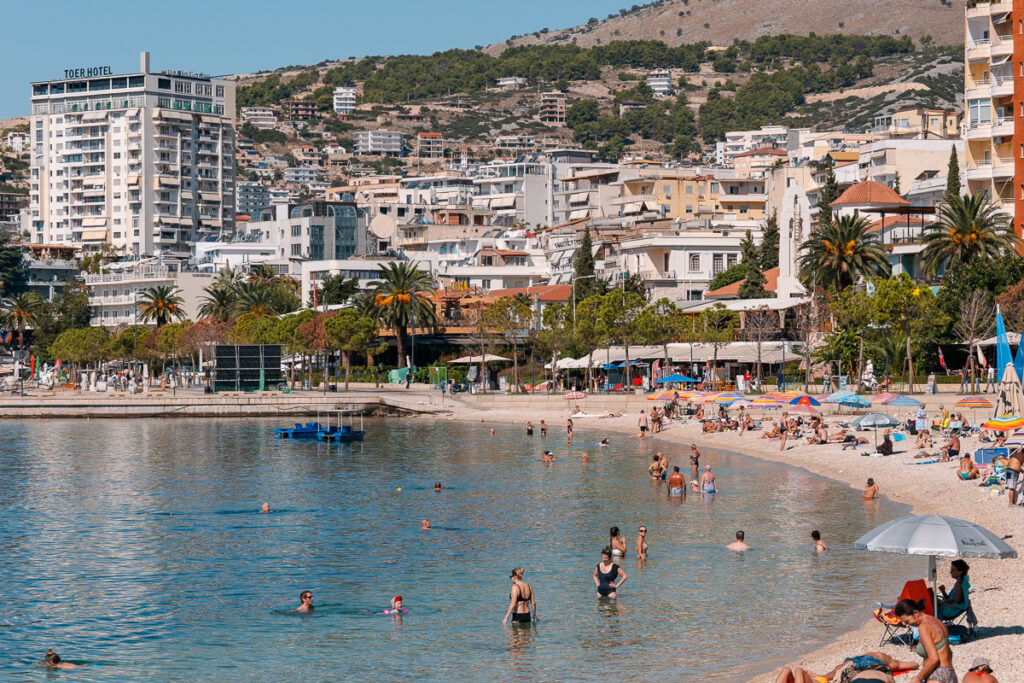
With our fight or flight response cranked up to maximum sensitivity, we’re much more likely to perceive things as risks vs. if we saw the exact same thing in a familiar environment.
Someone staring at us for three seconds back home would probably not even register in our brain, but the same thing happening in Albania suddenly makes us think they’re plotting our murder.
This doesn’t mean you should ignore your instincts, because it is far better to overreact than underreact. If you have even the tiniest safety concern, get out of there immediately. You can always analyse your response later once you’re in a safe place, to help you fine tune your danger radar.
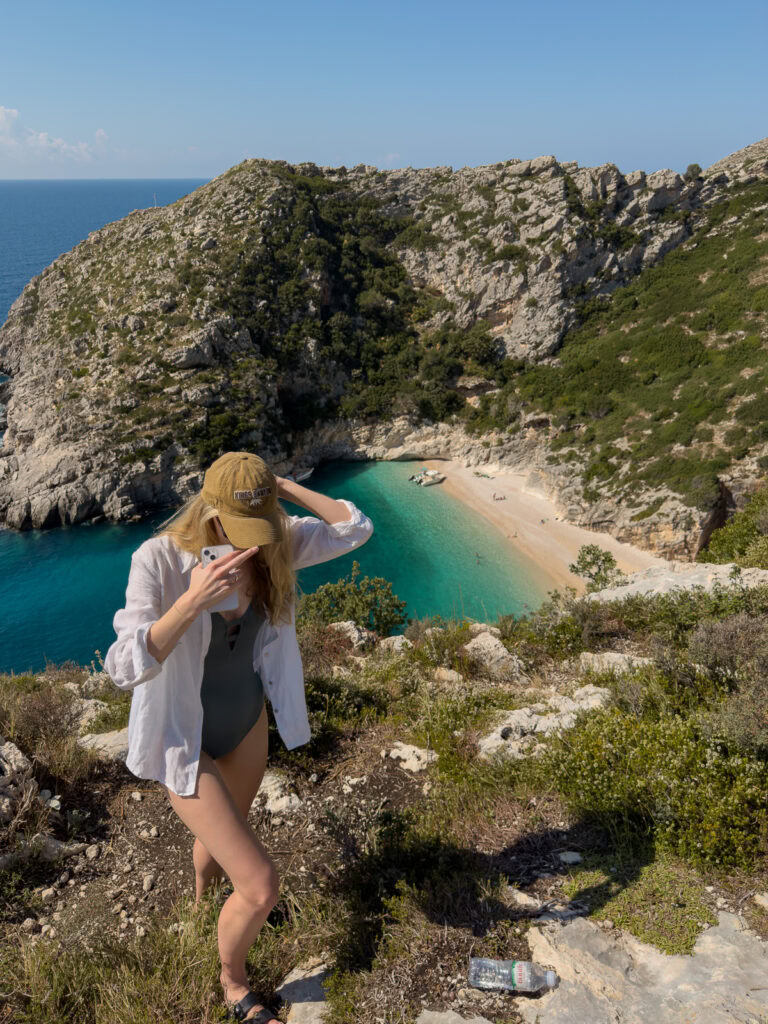
The key here is understanding that:
- Societal norms vary drastically between countries and cultures
- What feels threatening to us might be typical local behaviour
- It’s normal to be hyper-sensitive to our surroundings when we’re out of our comfort zone
- But that our danger radar might interpret curiosity or friendliness as being a sign of malicious intent, when it usually is not
Your ability to distinguish the difference between danger and discomfort will get more accurate the more you travel solo, and let me say it again: it’s better to overreact than underreact.
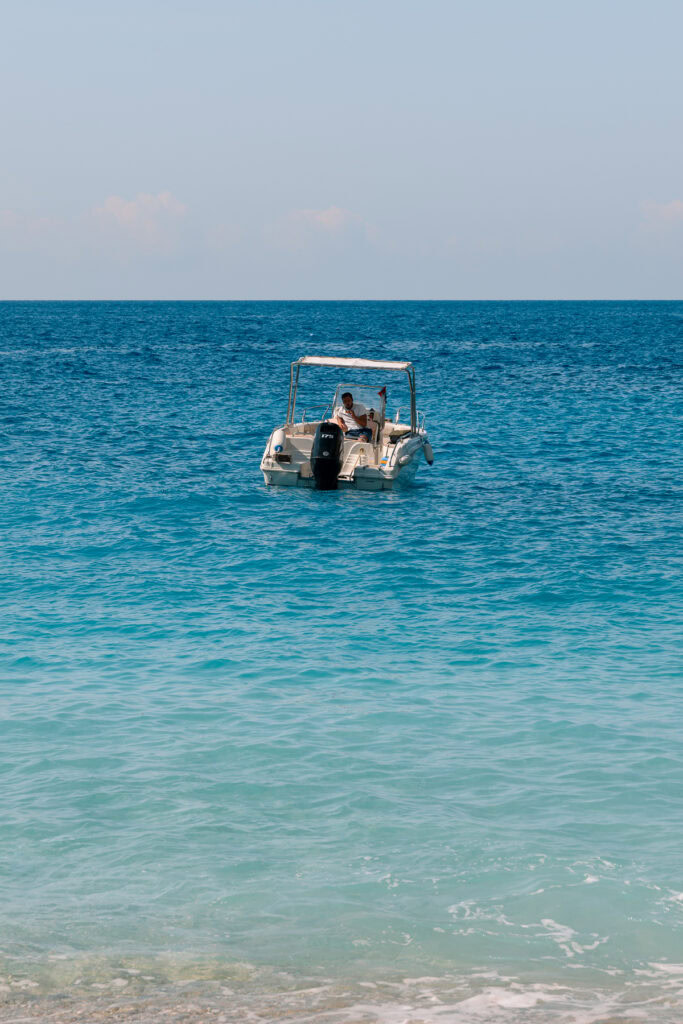
The discomfort of solo female travel in Albania
While I haven’t personally experienced or heard second-hand accounts of physical harm towards solo female travellers in Albania, I’m not going to beat around the bush:
I had more uncomfortable situations as a solo female traveller in Albania than I have had travelling solo in Sri Lanka, Morocco, India, or literally anywhere else in the world.
I’m so sad to have to say that.
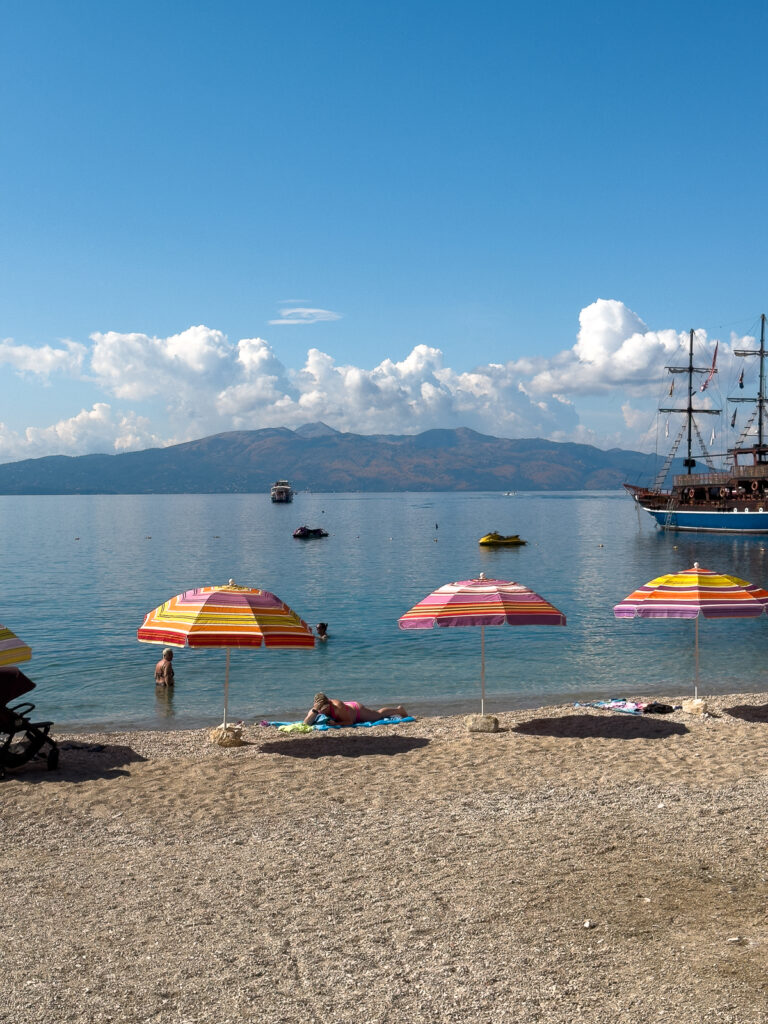
That isn’t to say that I was uncomfortable all the time, in fact most of my time in Albania was completely fine. I met some incredibly hospitable hosts and tour guides, and most men I interacted with were respectful, friendly and helpful.
But the separate instances of persistent hassling, entitlement to my time and space, and refusal to take no for an answer, from three different men, is something I have (fortunately) never experienced on my travels until now. If this was a one-off then I’d say it’s one bad apple, but for three similarly uncomfortable situations in such a short stay, it’s gotta be a sign of a societal problem.
If you want to read about the specific icky experiences I had, I’ve written about them in more detail (and with key takeaways) in my Albanian Riviera travel guide.
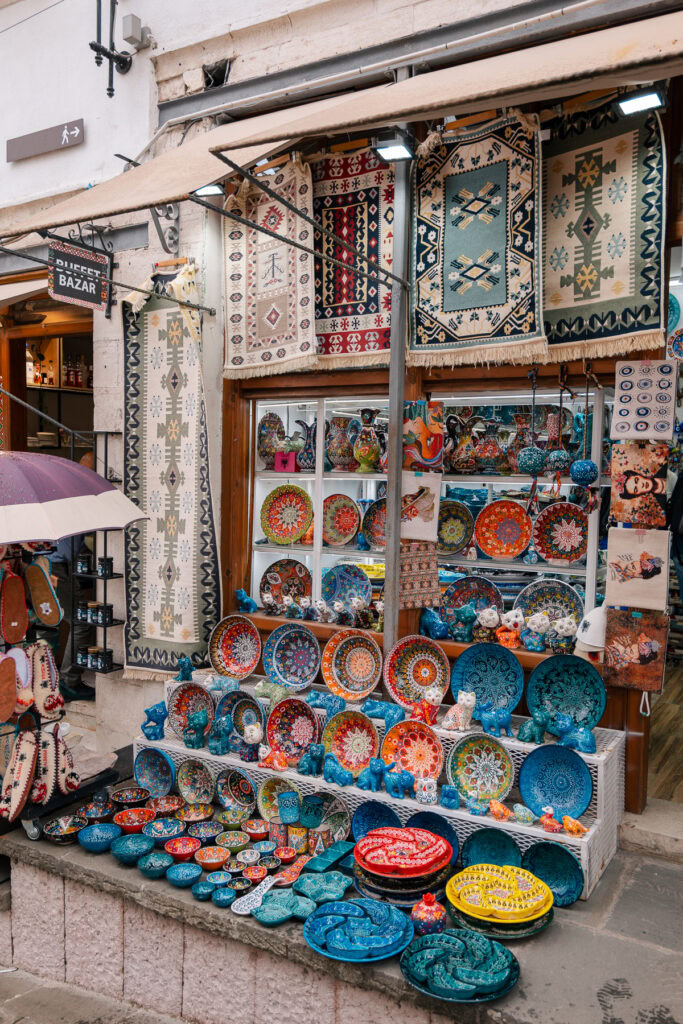
Regional safety differences
The level of safety and comfort for solo female travellers varies significantly depending on where you are in Albania.
Tirana (the capital city) feels modern and progressive, with women of all ages out and about independently, working in hospitality and retail, and socialising with their friends or shopping alone. The vibe here is what you’d expect in any Balkan capital.
Northern (Shkodër, the mountain villages) and inland Albania (Berat, Gjirokastër) are more conservative and religious, but to me they felt peaceful, respectful and safe. You might get curious looks if you’re a tourist in a more local area, but most locals keep to themselves and any harassment or hassling from men would very much go against social and cultural norms.
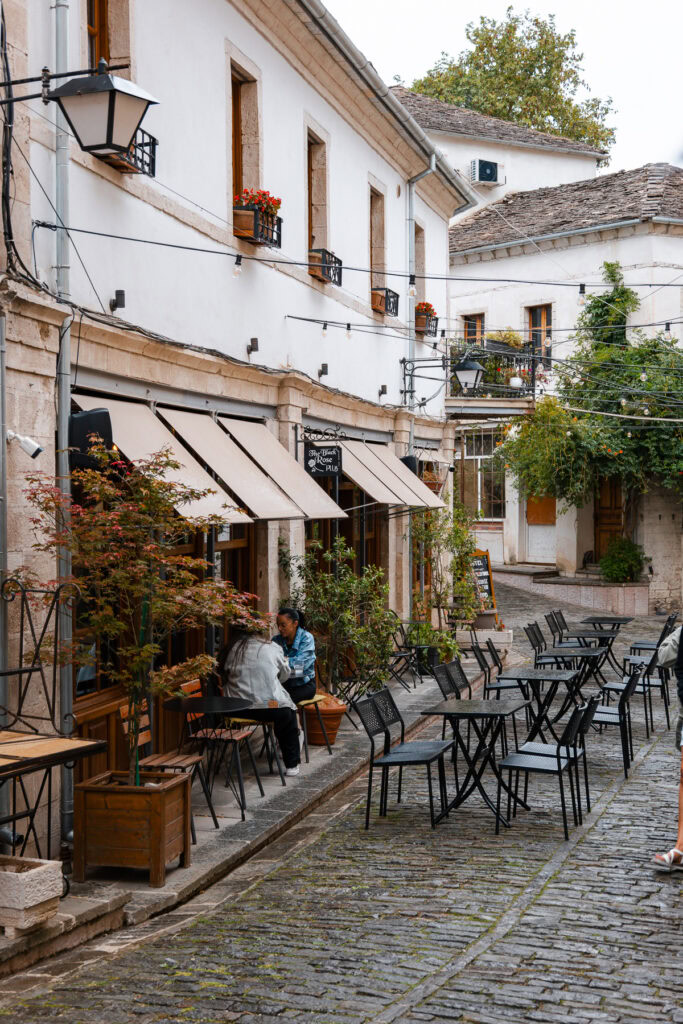
The Albanian Riviera is where most safety concerns arise, specifically the rapidly-growing tourist hubs of Sarandë and Ksamil, because of creepy men who see foreign women as an easy target.
The influx of foreign visitors looking for some fun in the sun is sometimes viewed as an opportunity for local men to connect with women who don’t share the same conservative values as their usual social circle.
When you combine misconceptions around Western women with a complete lack of awareness (or lack of caring) around boundaries, the result is an unfortunate environment where some men feel entitled to aggressively pursue women through:
- Refusing to leave you alone at bars or restaurants
- Persistent messaging if they get your number or find you on social media
- Not accepting rejection
- Staring, laughing and pointing you out to their friends
- Asking inappropriate and personal questions
In my experience these behaviours were limited to Sarandë and Ksamil, I didn’t witness or encounter any creepy men in Himarë or further up the coast, so I do think it’s a particular problem with those party havens.
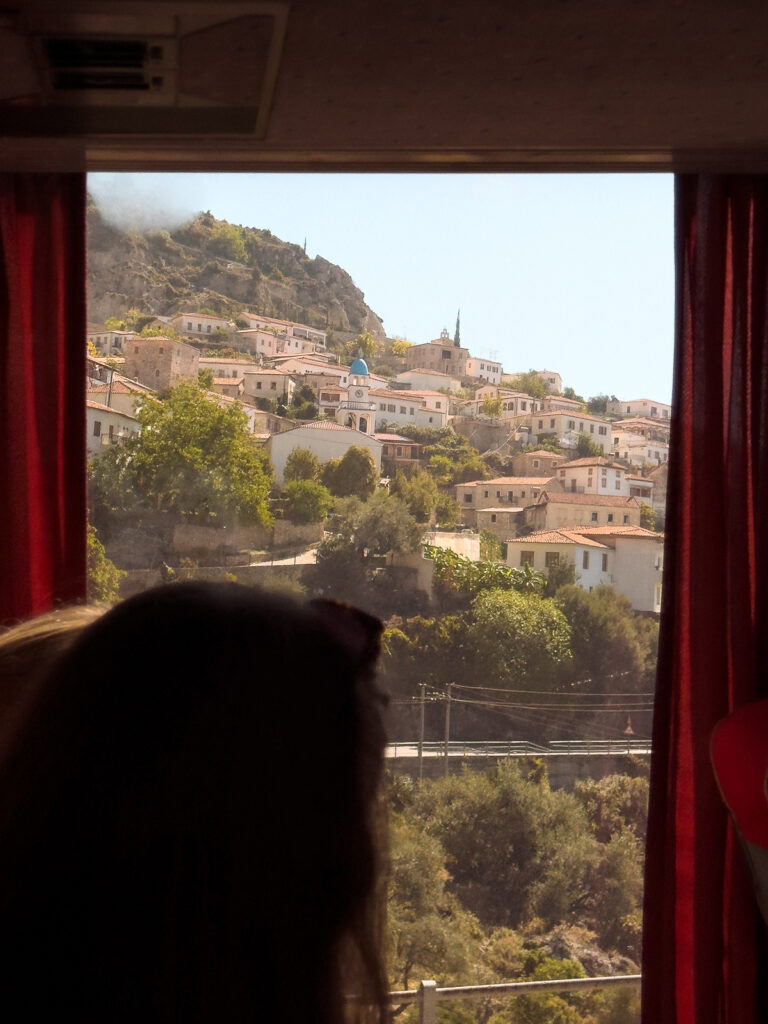
The lack of women in public spaces
One major thing I noticed in Albania which contributes to the unease of solo female travel is the visible lack of women in public spaces, especially women who are alone. This is noticeable throughout the country, with the exception of Tirana.
Albania’s conservative patriarchal society means that most Albanians follow the traditional way of life, and women are typically the home-makers and the child-carers.
Women will go out with their husbands and their families, but it’s unusual (outside of the capital) to see women socialising with each other at a café or restaurant, and even more unusual to see a local woman by herself. In comparison, it’s common to see big groups of men chatting, eating and drinking at any time of the day.
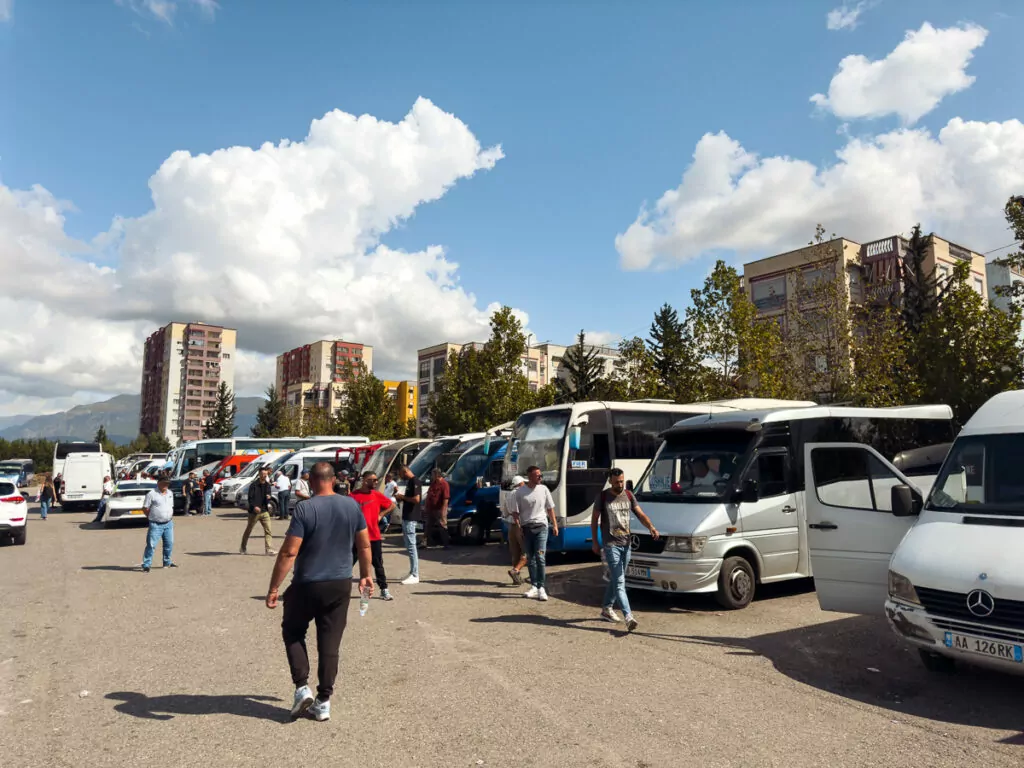
This means not only will you stand out when you’re a female walking alone, but looking around and only seeing groups of men can be intimidating, even if they’re not doing anything threatening.
This is starting to change with the younger generations, women in Albania are becoming less traditional with modern Western influences, but it’s something to be aware of before you go just so you know what to expect.
Safety tips for solo female travellers in Albania
Only come if you’re a confident solo female traveller
After visiting 50+ countries as a solo female traveller, in my opinion, Albania is definitely not an entry-level solo destination.
It’s not that it’s an inherently dangerous country, but it does present unique challenges:
- Unreliable transport network
- Limited tourist infrastructure
- Cultural norms that mean solo women are a rare sight
- Corrupt public system which means police may not be trustworthy
If you’re just starting out with solo travel, save this one for when you’ve got experience navigating similar destinations with logistical hurdles and cultural differences, or book onto a group tour instead.
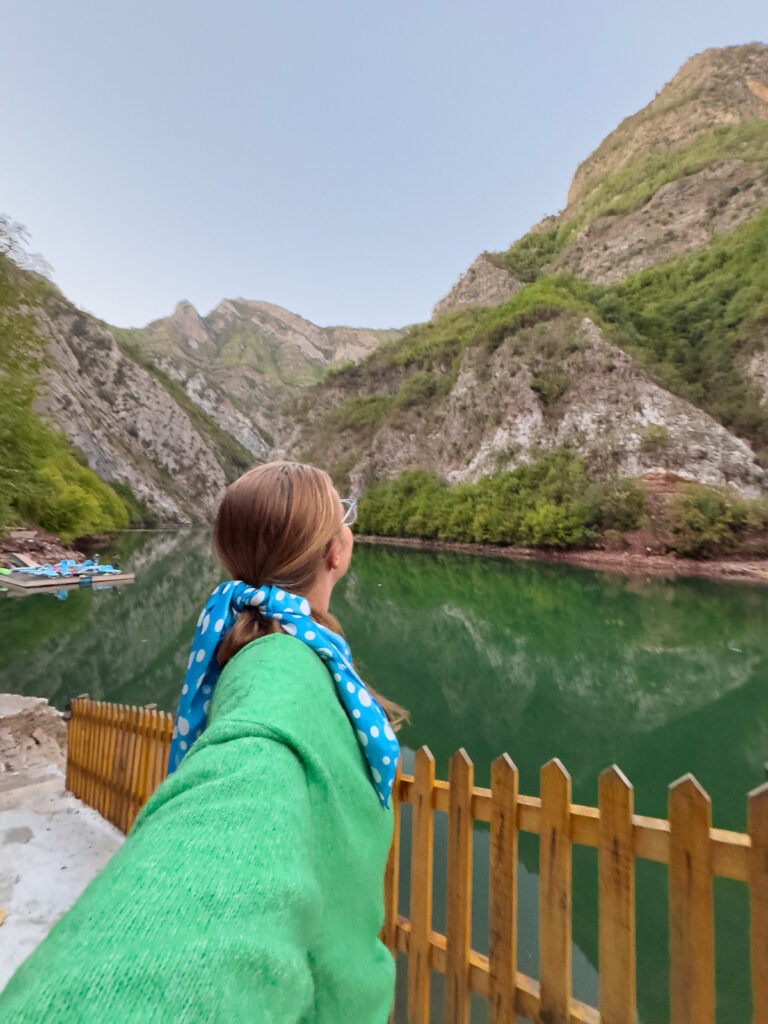
Reviews are gospel, read them and leave them
With minimal tourism regulation in Albania, reviews are crucial for vetting accommodation, restaurants and tour operators.
Check multiple platforms (TripAdvisor, Google, booking.com for accomm or GetYourGuide/Viator for activities) and use the search filter to look for words like “creepy”, “solo”, “safe” and “uncomfortable”.
And please leave reviews after your trip too! If you’ve had a negative experience somewhere then it’s so important to warn other solo travellers, and sharing positive experiences can help trustworthy operators grow their business.
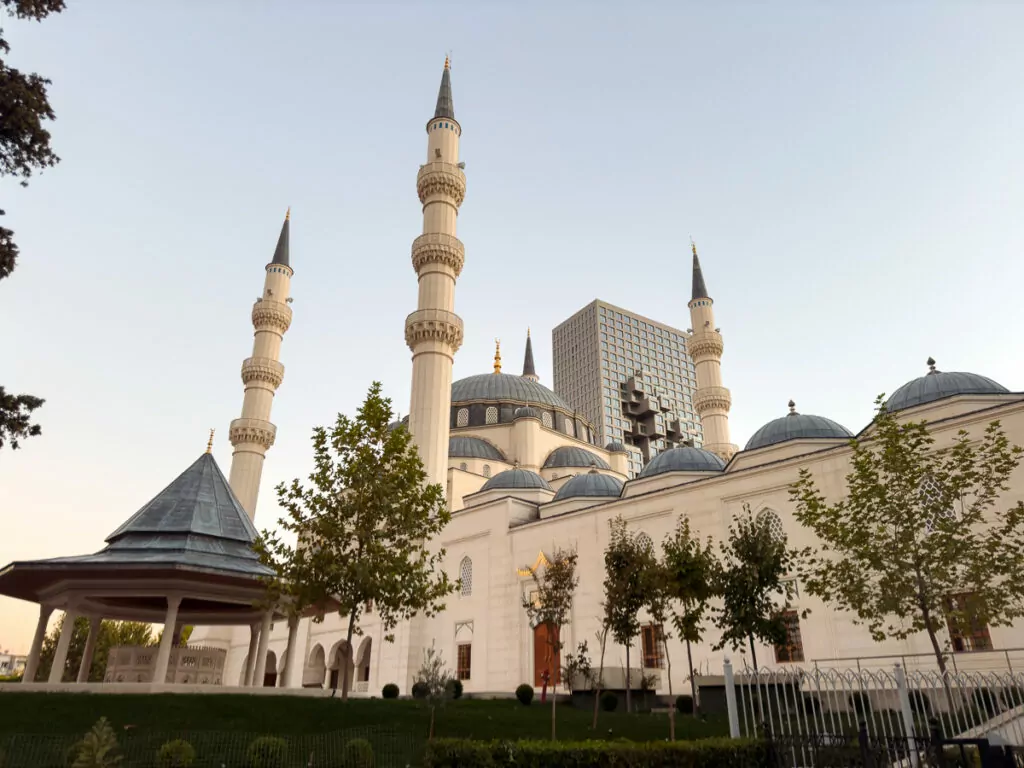
Get an eSIM to stay connected
You should always have an eSIM, local SIM or access to roaming while you’re travelling solo anyway, but that’s especially true for anywhere like Albania where transport can be a nightmare. You don’t want to be stuck at the Blue Eye bus stop waiting for a delayed ride without having any data to find a back up.
You can get a local SIM on arrival (package prices vary but I’ve seen recent reports of €20 for 40GB of data) or if you want to keep access to your normal number and avoid airport phone stalls, get an eSIM. Here’s a comparison of eSIM options:
- MobiMatter (my top choice, almost always the cheapest + you get cashback) has Europe eSIMs which include Albania and 40 other countries with these package prices: 30GB for €25.50, 15GB for €14.50 and 5GB for €7.50
- Holafly has unlimited data eSIMs for Albania that are cheaper per day the longer you’re there for, with two days for €11.90, one week for €33.90 or two weeks for €54.90 (sooo expensive)
- Airalo’s Albania eSIMs are €15.50 for 5GB, €25.50 for 10GB and €48 for 20GB (also expensive)
- Maya has Albania eSIMs for 20GB for €28.99, 10GB for €18.99 and 5GB for €12.99
- Yesim has Albania eSIMs for 30GB for €27, 20GB for €22 and 10GB for €18
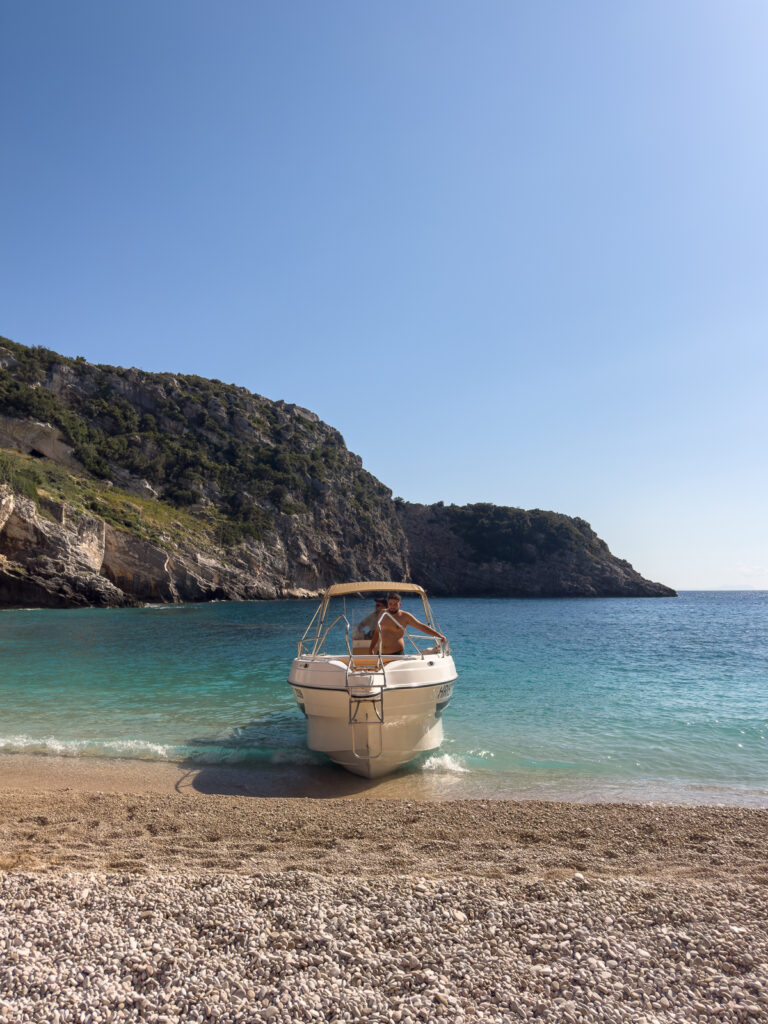
Don’t tell anyone you’re solo or where you’re staying
Keep your travel plans to yourself, if anyone is asking who you’re with or where you’re staying, make up a quick lie to cover and then change the subject.
Don’t share your location on social media or dating apps
Men around the world use both social media and dating apps to find women to hit on, but in conservative countries this can be even more intense because it’s a way for them to connect with non-locals who are probably less conservative than traditional ladies.
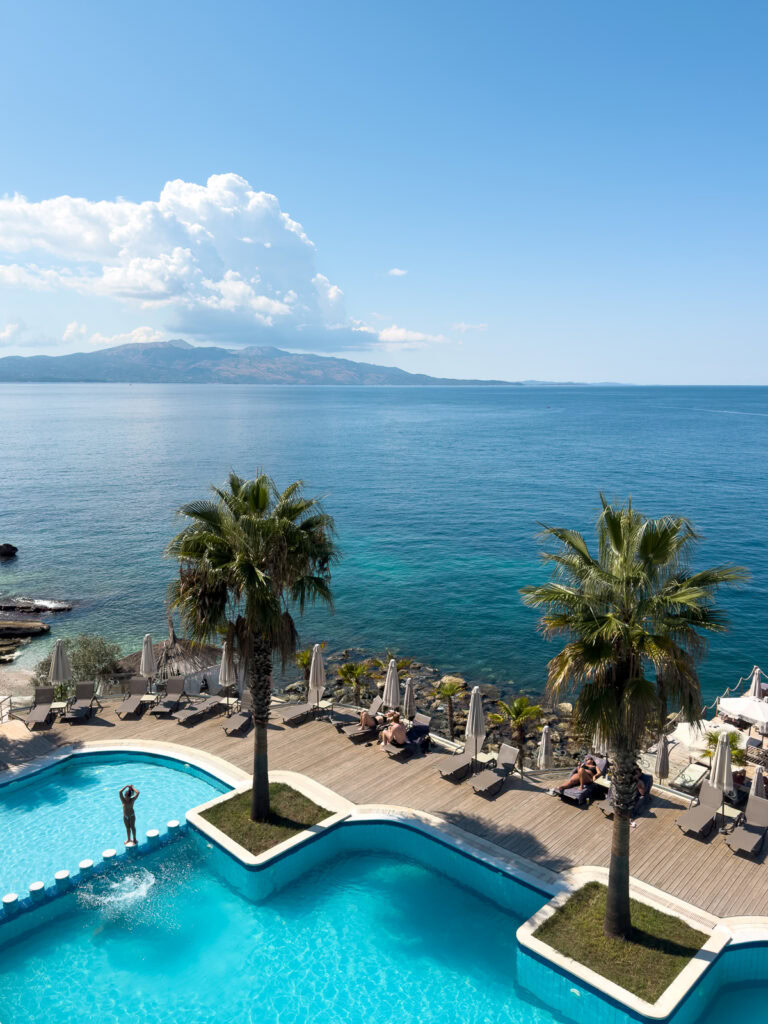
Never, ever share your actual location on social media, like where you’re currently eating or where you’re staying. People can use location tags or watch business stories to find visitors currently in that destination, and they might slide into your DMs or (worst case scenario) try and find you in person.
I don’t share anything from a destination until I’ve left that city and moved to my next stop.
If you’re a dating app user with a common name that’s not easily searchable then you’re probably fine, but if you have a unique name or spelling (like ‘Alexx’ haha) creeps might see your profile and Google you to find your Instagram, then if your profile is public they can see your stories and posts.
Go into the app settings before your trip and switch off your location or temporarily hide your profile.
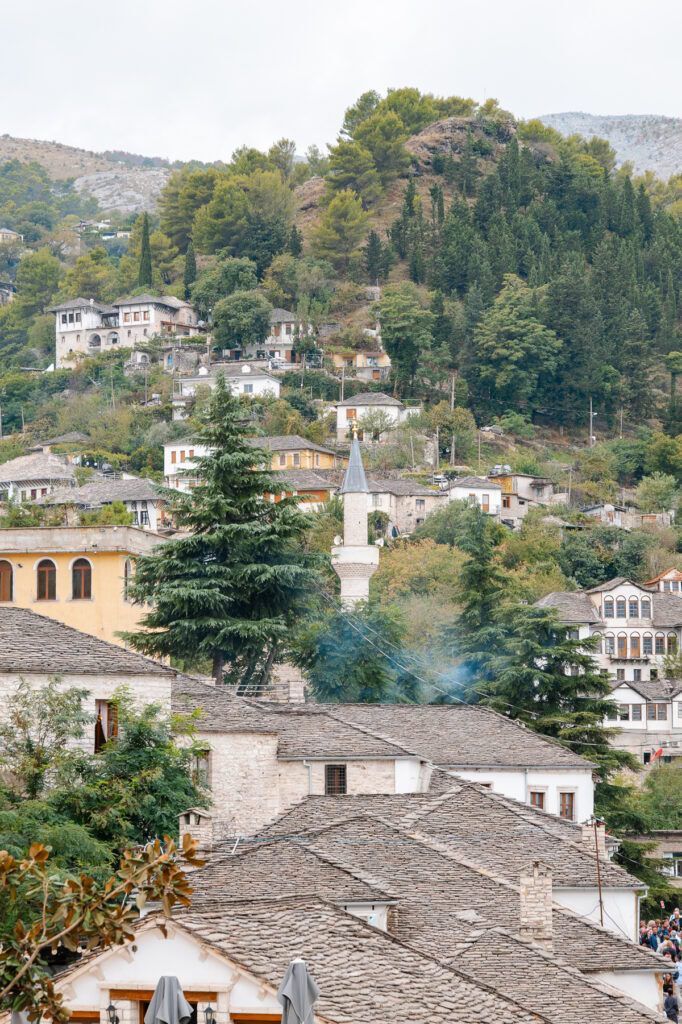
Use day tours to meet people
Albania’s solo travel scene isn’t super established so you’re unlikely to have chance encounters with other solo gals during your trip, but booking a day trip like a boat cruise or a guided hike can be a great way to meet other travellers in a safe environment.
And as a bonus, you’ll have a local guide who can help you get your bearings or show you a place without you having to make the plans yourself.
I did a fantastic day trip from Himarë which I highly, highly recommend, it was a five hour boat trip up the coast with the legends at Lido Tours and I met a bunch of cool people!
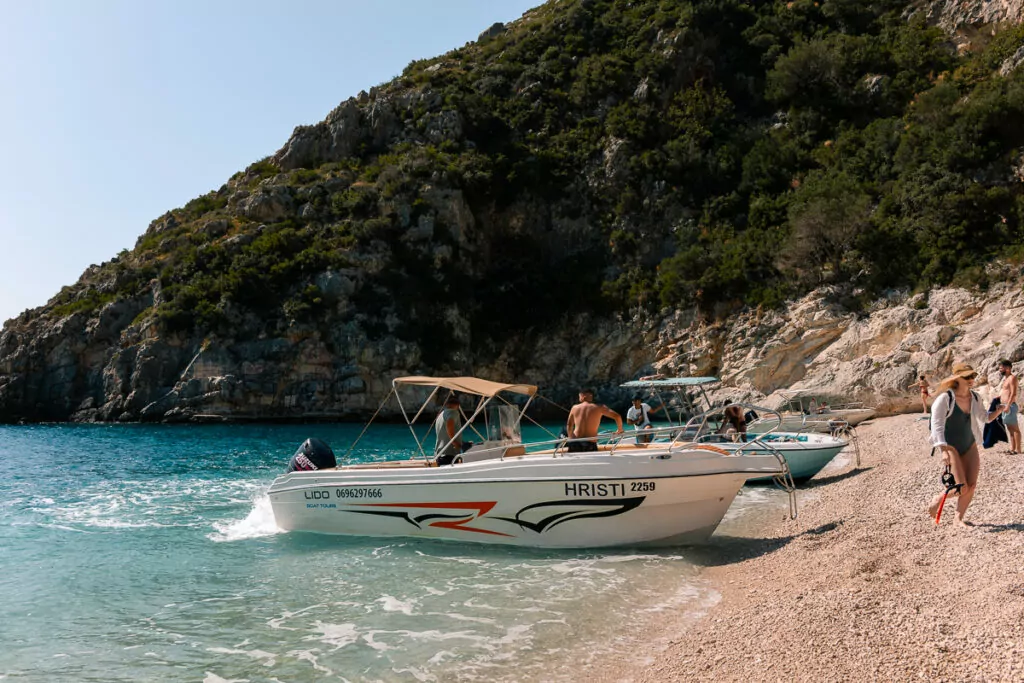
Travel during the day and be prepared for mishaps
Albania’s bus network is notoriously messy to navigate, and it’s not unheard of for buses to leave earlier than planned, break down half way, or miss a stop entirely.
Always have a Plan B (another bus you could catch or a different route, or know how much a taxi or car rental would cost), and book any long-haul buses for the morning departure in case there’s an issue and you need to find another ride later in the day.
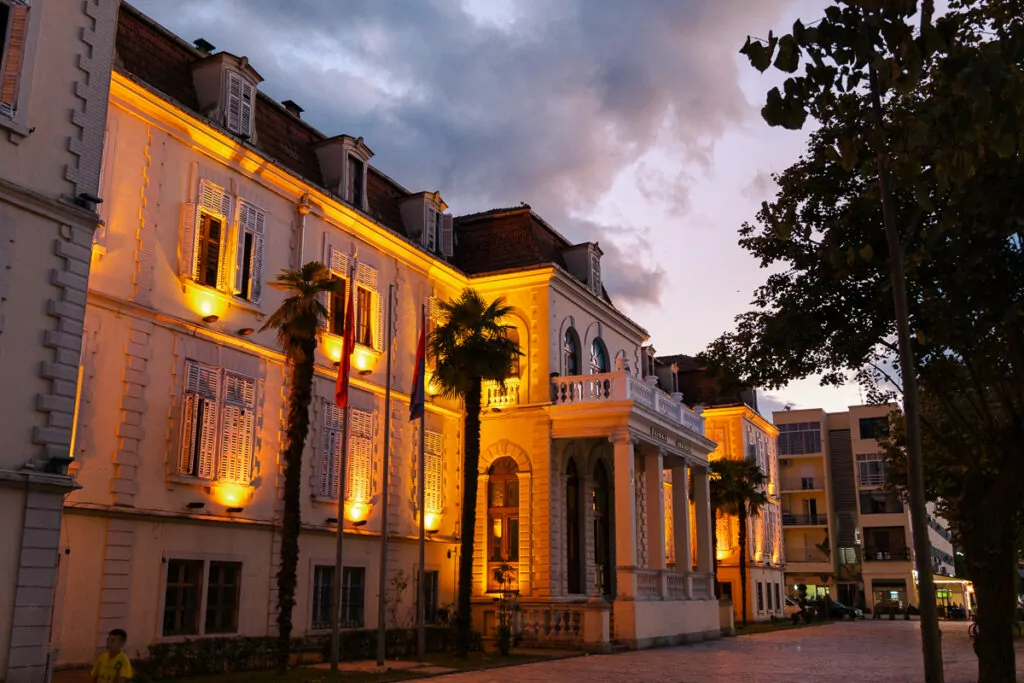
Pay more for privacy and security
Accommodation in Albania is not as cheap as you might expect, especially if you’re looking for something more than a basic room.
I do a deeper dive into Albania’s budget-friendliness later in this guide, but the TLDR is that you get what you pay for, and paying more for a good location, secure access and home comforts is absolutely worth it.
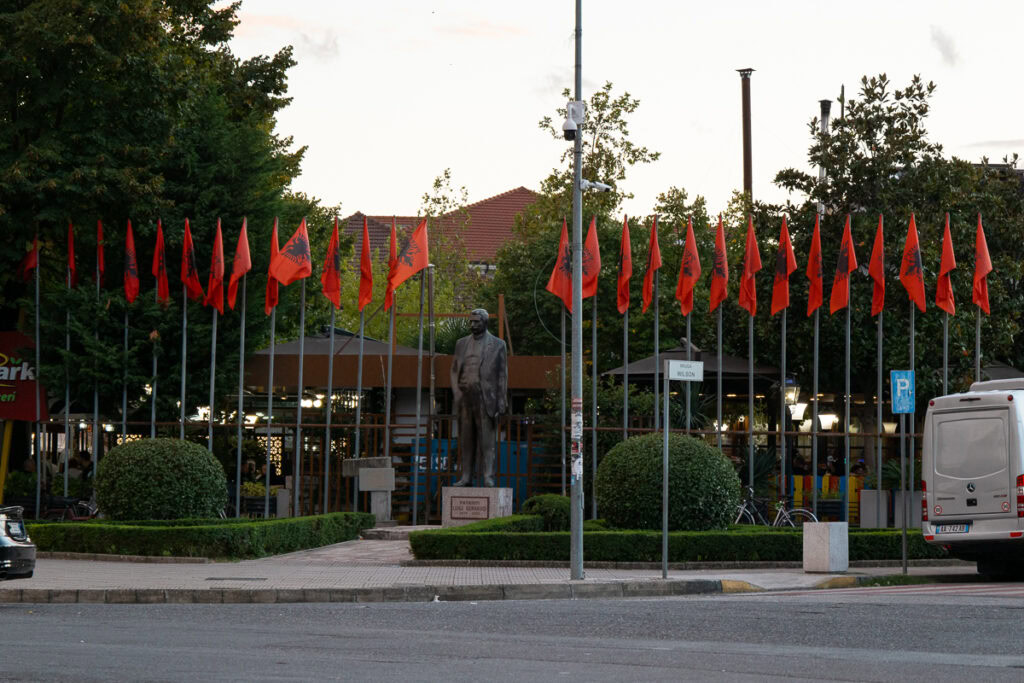
Book accommodation with a kitchen
Dining solo in Albania can be intimidating, especially if you’re looking for somewhere for dinner after dark and there are groups of men in restaurants staring at you as you’re reading the menu. Speaking from experience 🙃
I would really, really recommend booking an apartment with a kitchen or at least a hotel room with kitchenette facilities, so you can stock up on supermarket food and self-cater in the evenings if you’re not keen to roam the streets to find somewhere decent to eat.
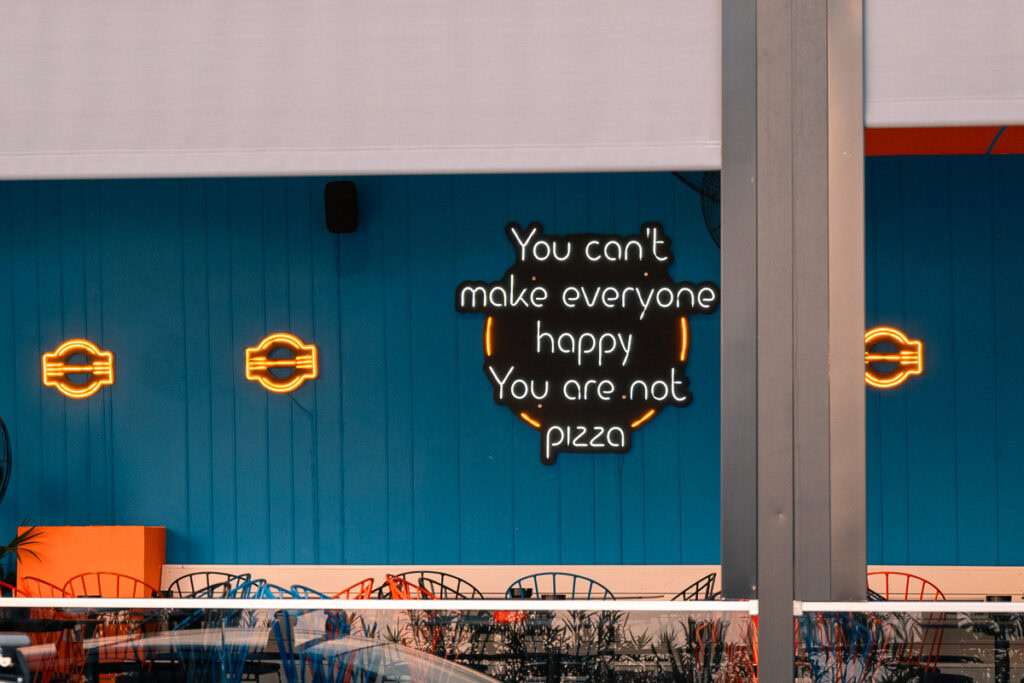
Where to go (and where to avoid) as a solo female traveller in Albania
I have a comprehensive 2 week Albania itinerary with lots more detail on the best bits of the country, but here’s a quick summary of the main highlights and things to see and do.
The capital: Tirana
The most progressive place in Albania and easy to explore solo, it feels similar to other Balkan capital cities.
There are museums and landmarks that share Albania’s tumultuous history, a walking tour with a local guide is a must, and the food scene is surprisingly good. Don’t miss Tartuf for the cheapest truffle dishes I’ve ever seen!
I stayed at K2 Apartment which was very comfortable but it wasn’t in a great location, in an industrial area a 20 min walk from public transport so I wasted money on taxis to and from the city centre.
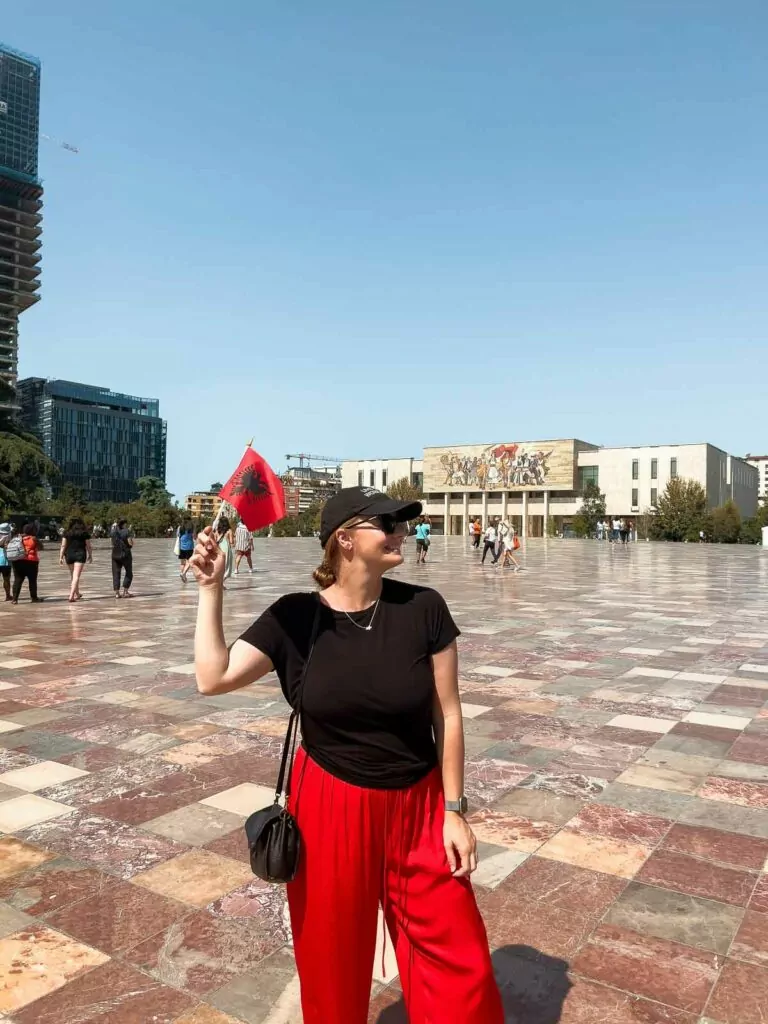
Northern Albania: Mountains & nature
This region is my top pick for solo female travellers if you’re looking for scenery and serenity.
Shkodër is a charming gateway to the Alps, with local oldies in suits riding bikes to and from work and a pedestrianised main street with cute cafes and art galleries. I recommend Corner Hostel for a budget-friendly stay, right across the road from the bus stop.
Komani Lake was my absolute favourite place in Albania, a bit of a wild ride to get there but oh so worth it. You can do a day trip from Shkodër, stay a night or two at a lodge (Riverside Komani Lake is 11/10), or do the full Alps adventure with the boat ride, transfer to Theth and then hike the Valbona Pass.
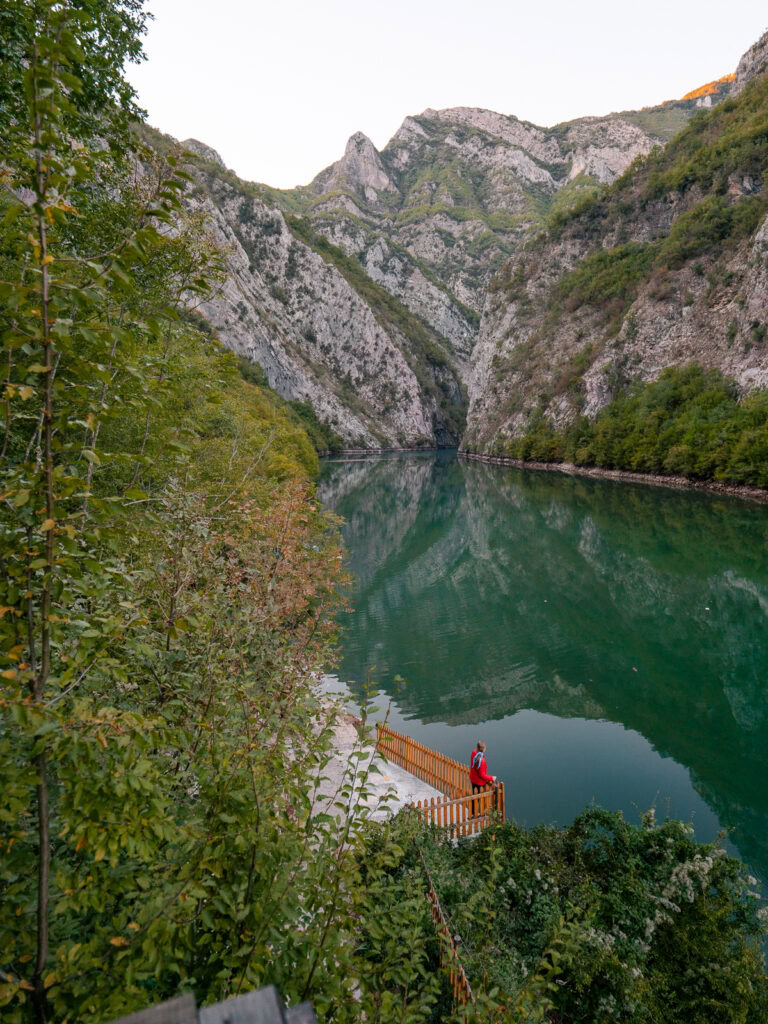
Southern inland Albania: History & culture
While southern Albania is best known for the Riviera’s resorts and golden coastline, there are plenty of gems lying inland too.
Berat and Gjirokastër are two historic towns jointly listed as UNESCO World Heritage sites, and if it wasn’t for tourists taking photos on iPhones, you could almost forget what century you were in.
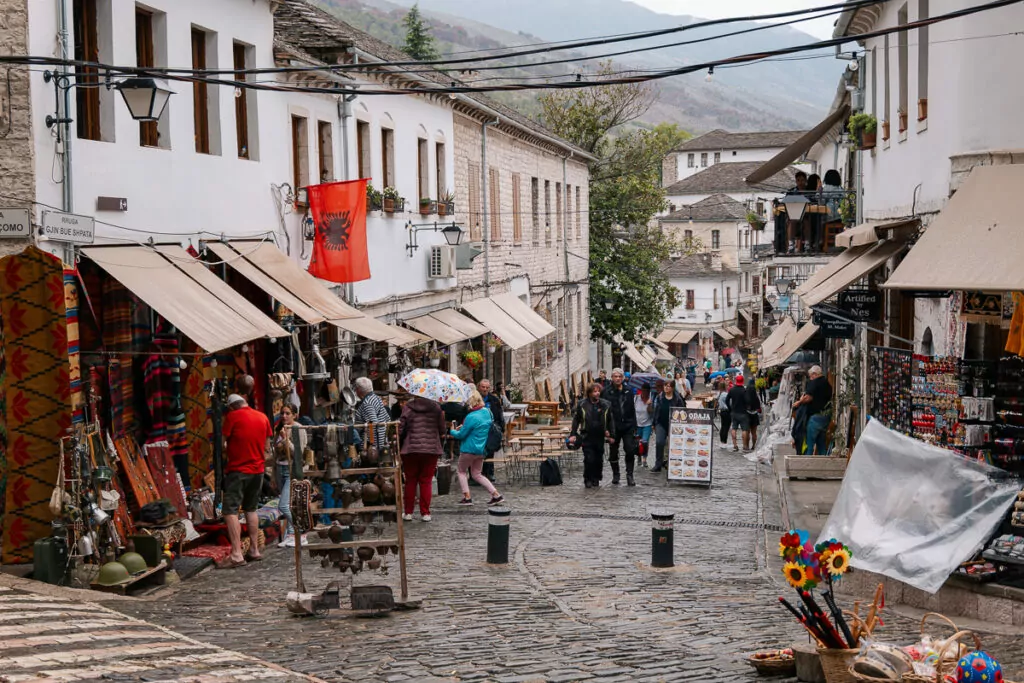
Berat’s the ‘City of a Thousand Windows’, with Ottoman-era houses stacked like Lego pieces on the hillside, whereas Gjirokastër’s ‘City of Stone’ moniker comes from the old town’s maze of cobbled streets that seem to be frozen in time.
Just be careful on a rainy day, those stones get super slippery (as I learnt!).
If you’ve got a car for your solo trip to Albania then you could also visit Korce near the Greek border, it’s known for its restored bazaar and local brewery, or the Albanian side of Lake Ohrid has some quiet fishing villages that are well off the tourist trail (though the more developed Ohrid settlements are across the North Macedonian border).

Albanian Riviera: Beaches & nightlife
The undeniable gem in Albania’s tourism crown, the Riviera has absolutely exploded onto the Euro summer scene in recent years, often heralded as ‘the Maldives of Europe’ and ‘Europe’s most underrated beach getaway’ across viral social media posts and clickbait travel articles.
The coastline is magnificent and the water is super clear, but comparing it to the Maldives was always a biiiiit of a push, and the ‘underrated’ ship sailed a couple of summers ago, particularly for the two most popular spots of Sarandë and Ksamil.
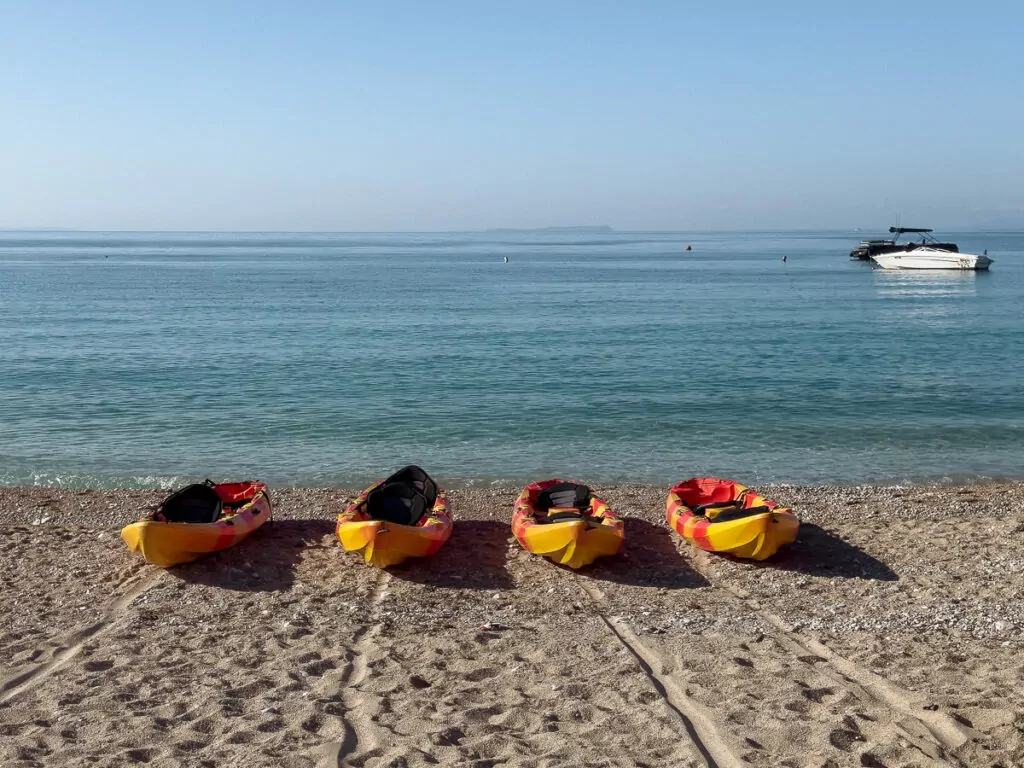
Sarandë, the main hub and ferry gateway to Corfu (Greece), is a perfect example of extreme tourism growth and the negative consequences that come with it. Tacky pirate ship cruises, overpriced restaurants and infrastructure struggling to keep up, with power cuts, overflowing rubbish and a crazy amount of construction, as well as prices that are rising 50-100% year on year due to so much demand.
That said, it’s the most practical base for Riviera adventures with proper supermarkets, ATMs and healthcare, plus easy access for day trips to places like Gjirokastër, the Blue Eye and the ancient ruins of Butrint.
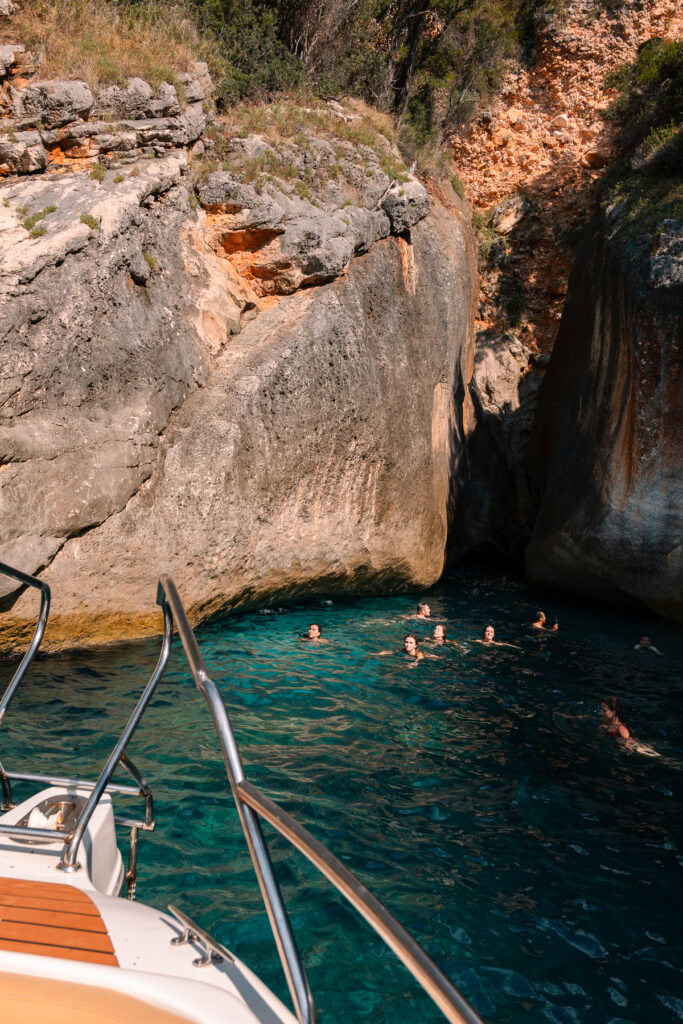
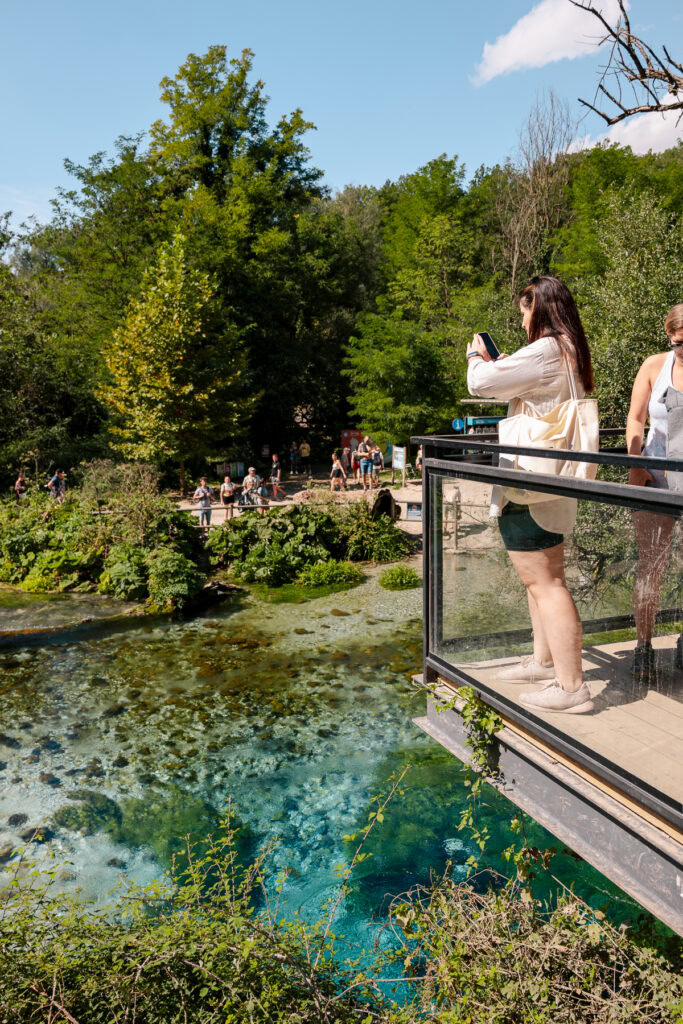
I stayed at White Residence Luxury Apartments which was ideal, it had a full kitchen, comfy bed with a duvet (rare in Albania), great WiFi and a balcony for sunsets and lightning storm viewing. I had a feeling I’d struggle to find somewhere this comfortable elsewhere in Albania, so I actually extended my stay for a whole week to catch up on work and sleep after my epic Greek sailing adventure.
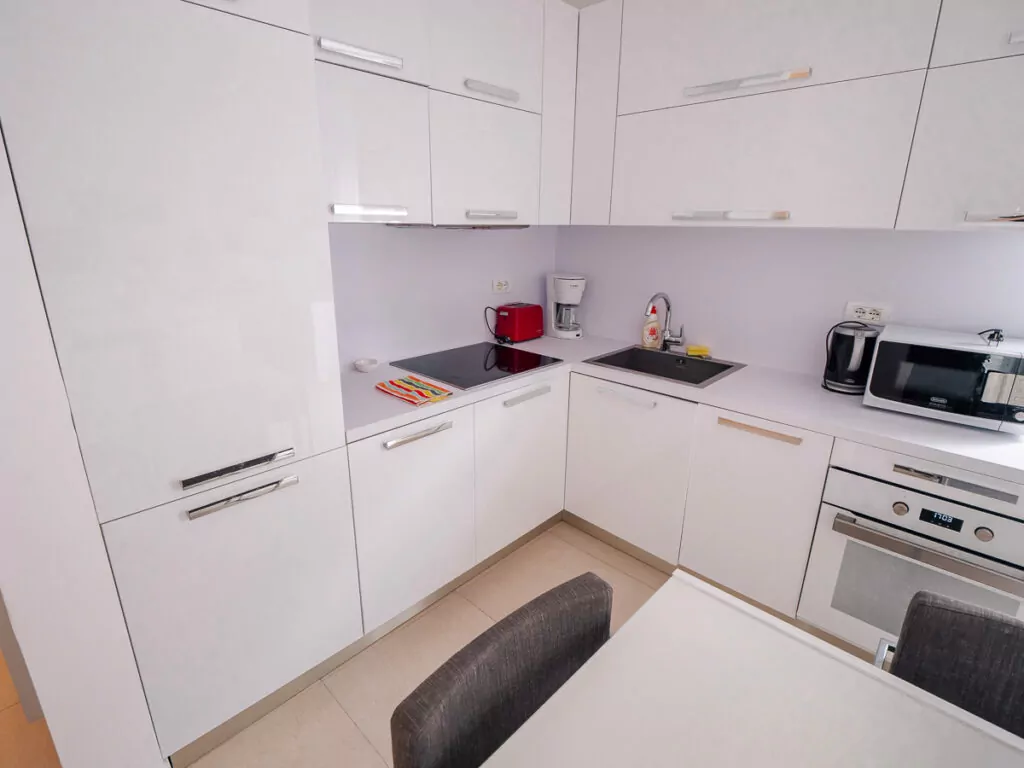
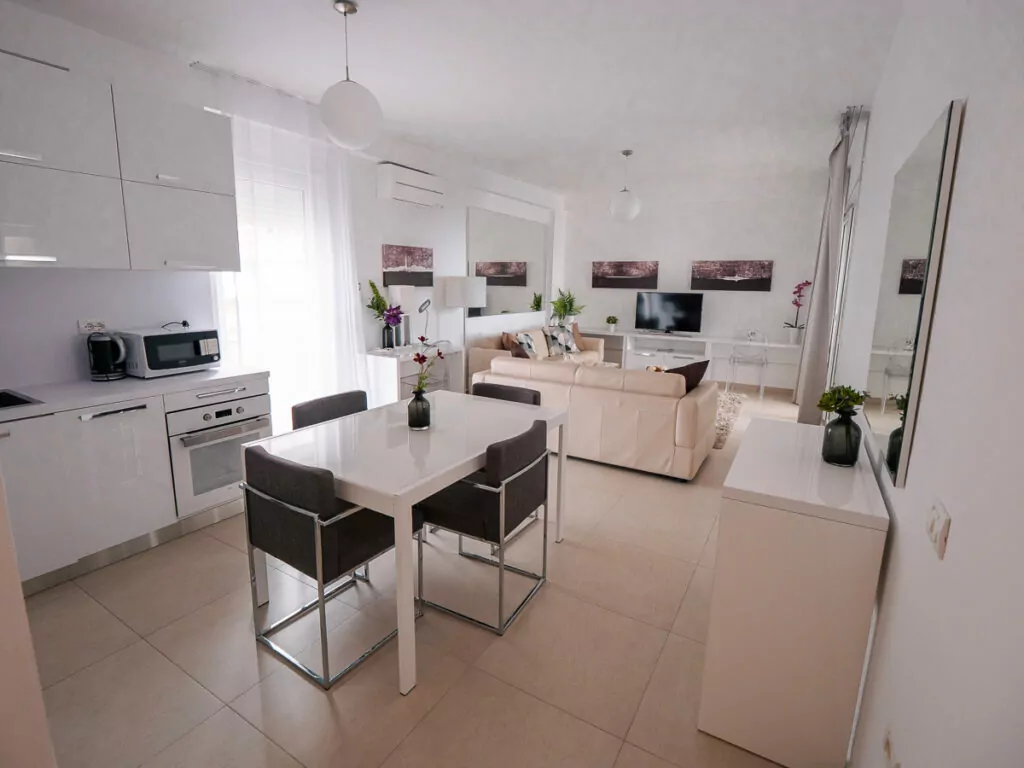
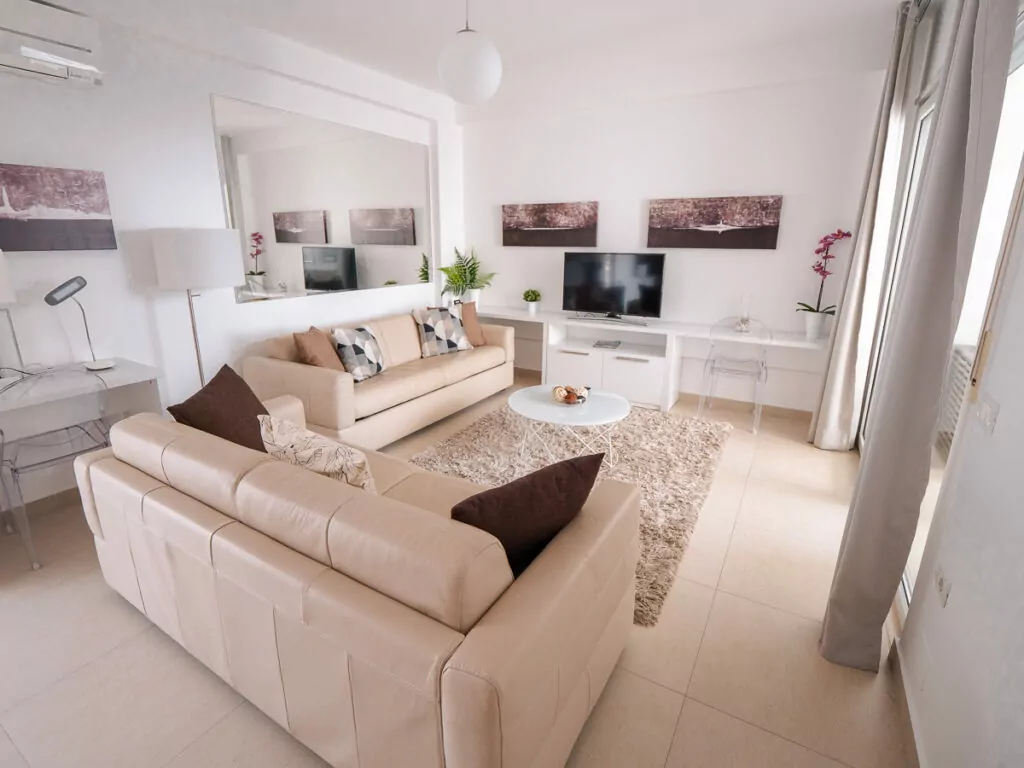
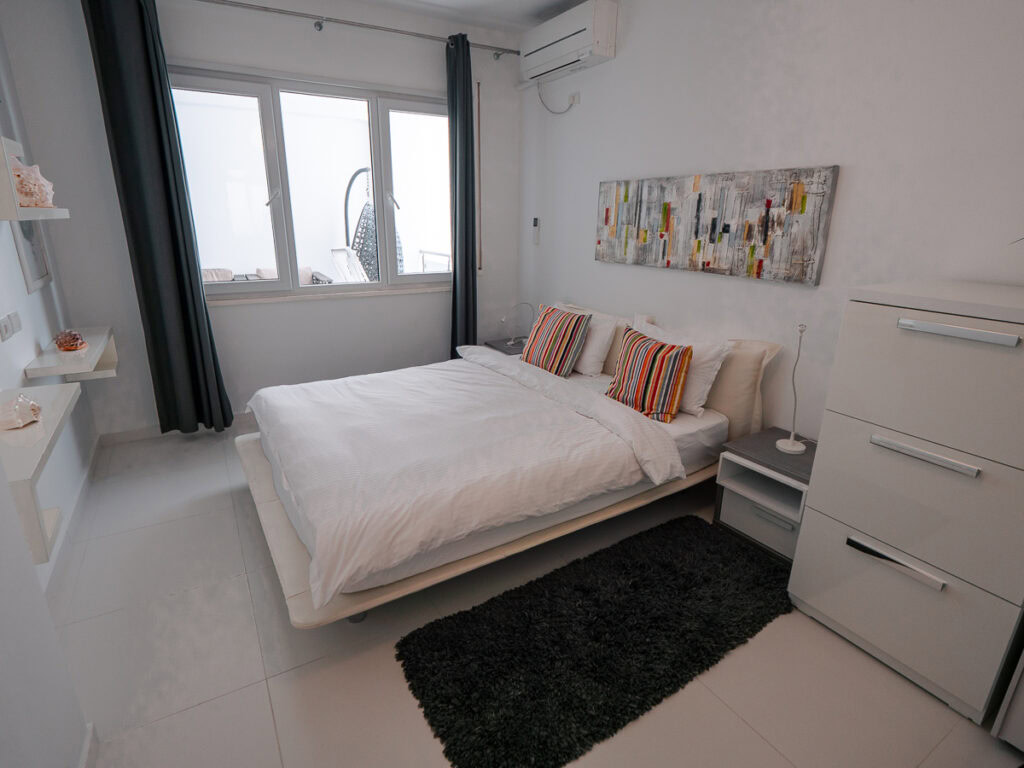
Ksamil is a smaller resort town 30 minutes south of Sarandë, but this is the epitome of ‘Instagram vs. reality’. I have never been so underwhelmed by a destination.
The beautiful white sand beaches are covered in sun loungers packed together like sardines, premium prices are charged for sub-par food, drink and hotels, and any local culture has well and truly been diluted and washed away.
The water is beautiful, no doubt about it, but the main bays are so busy that you’re practically swimming in human soup with a soundtrack of jet ski engines and terrible music at all hours of the day.
I could mayyyybe see the appeal if you were looking for a fly-and-flop getaway with friends and just wanted to go somewhere different, but honestly I wouldn’t recommend going solo.
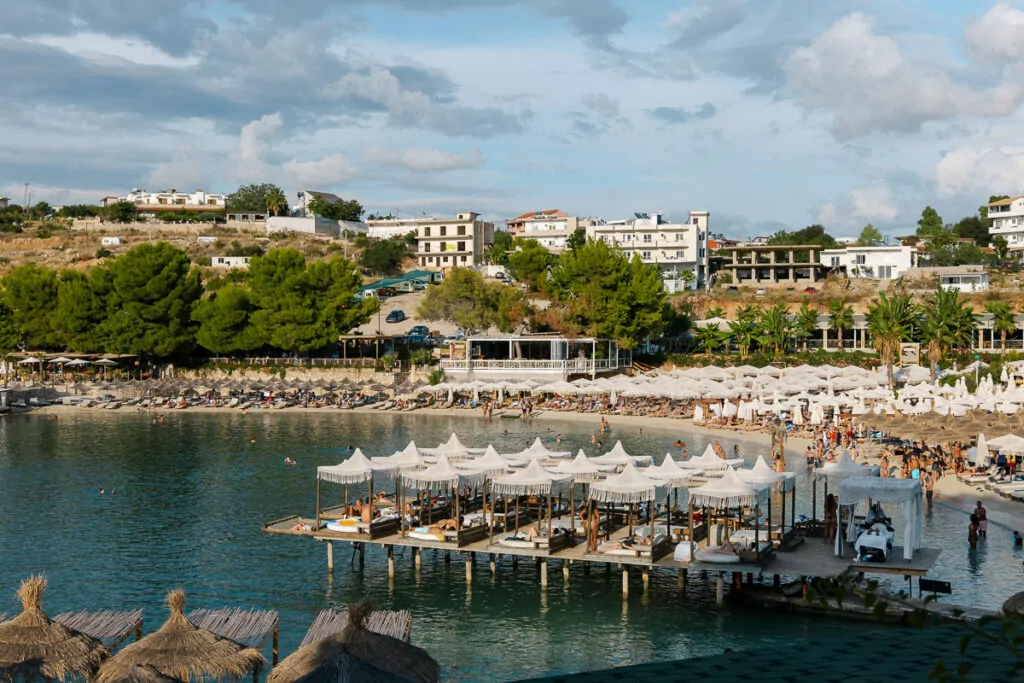
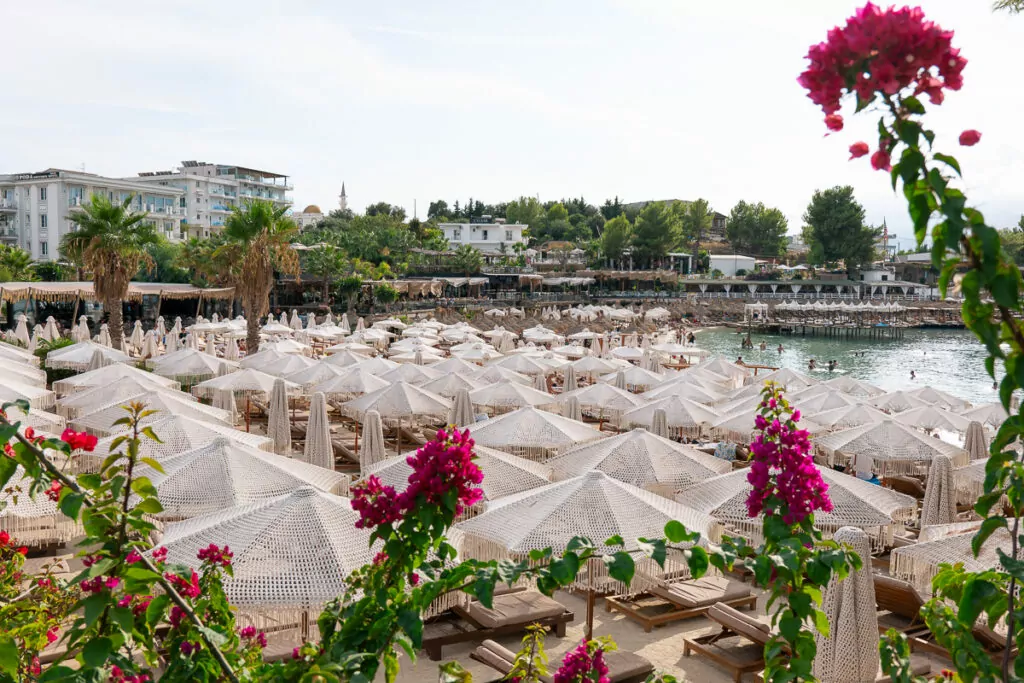
If you do choose to go though, I found a cute family-owned hotel called Hotel Golden which was ideal for getting away from the chaos, and it was only a few minutes’ walk from the beaches and main stretch of restaurants. Super spacious, balcony, kitchenette so I could cook food instead of eating in overpriced restaurants, highly recommend.
The good news is that as you head further north past Sarandë, the tackiness subsides and the charm starts to light back up!
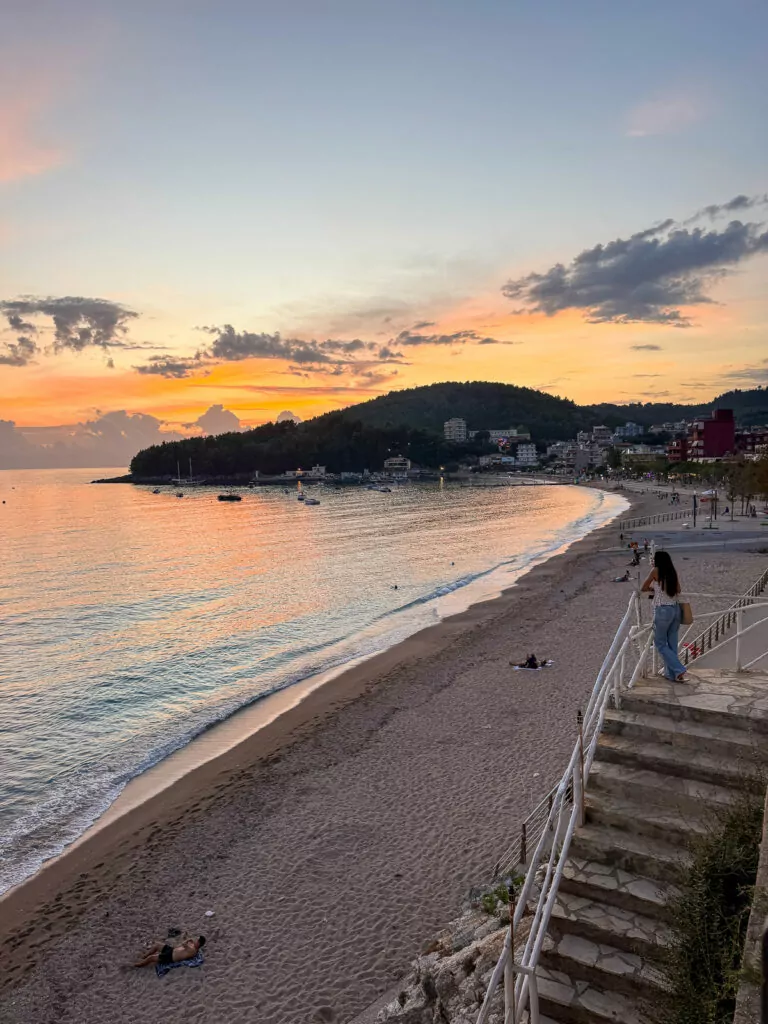
Himarë was my favourite part of the Riviera, much more laidback and authentic, and it had better boat trip options than the southern towns because you can reach further up the coast.
I booked a half day tour with Lido Boat Tours after seeing their reviews (4.9/5 on Google from 650+ reviews, 5/5 on TripAdvisor from 97 reviews) and it was one of my top Albania experiences. Be sure to do the walk up to the viewpoint over Grama Bay!
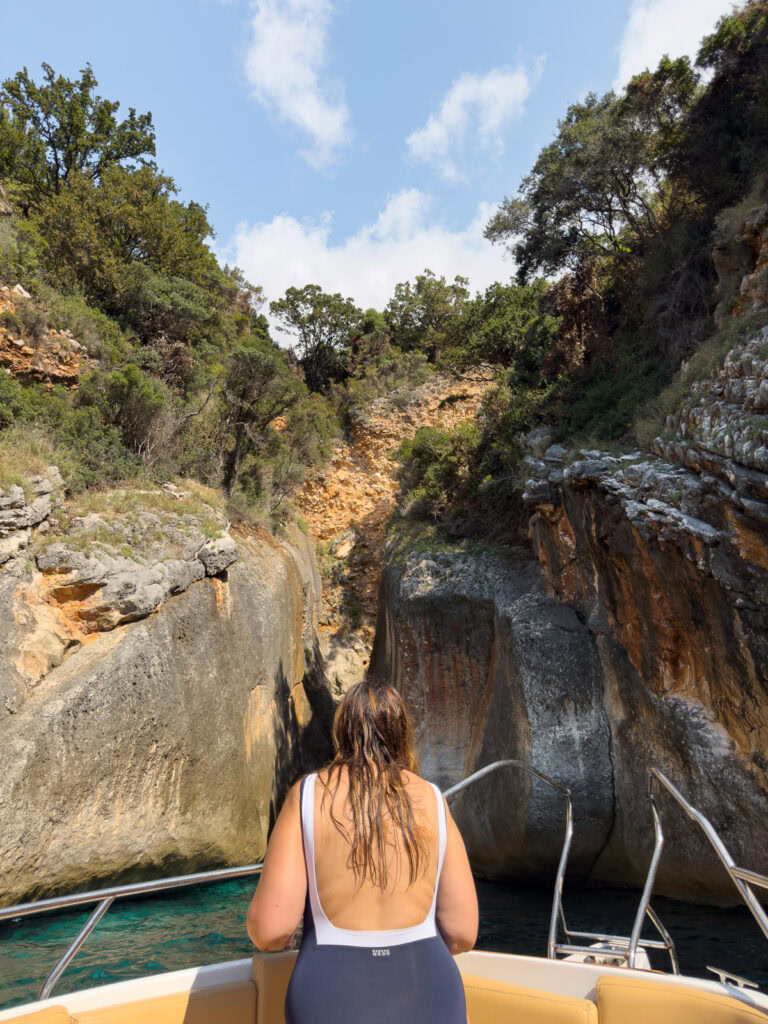
Dhermi is further north again, famous for its hillside village with terracotta rooftops, as well as a growing stretch of boutique hotels and upmarket beach bars down by the water.
I didn’t make it here unfortunately but friends who visited this past summer said it’s much classier than Sarandë and Ksamil if you’re looking for nightlife and luxury, but that the prices are on par with the Greek Islands and Croatia.
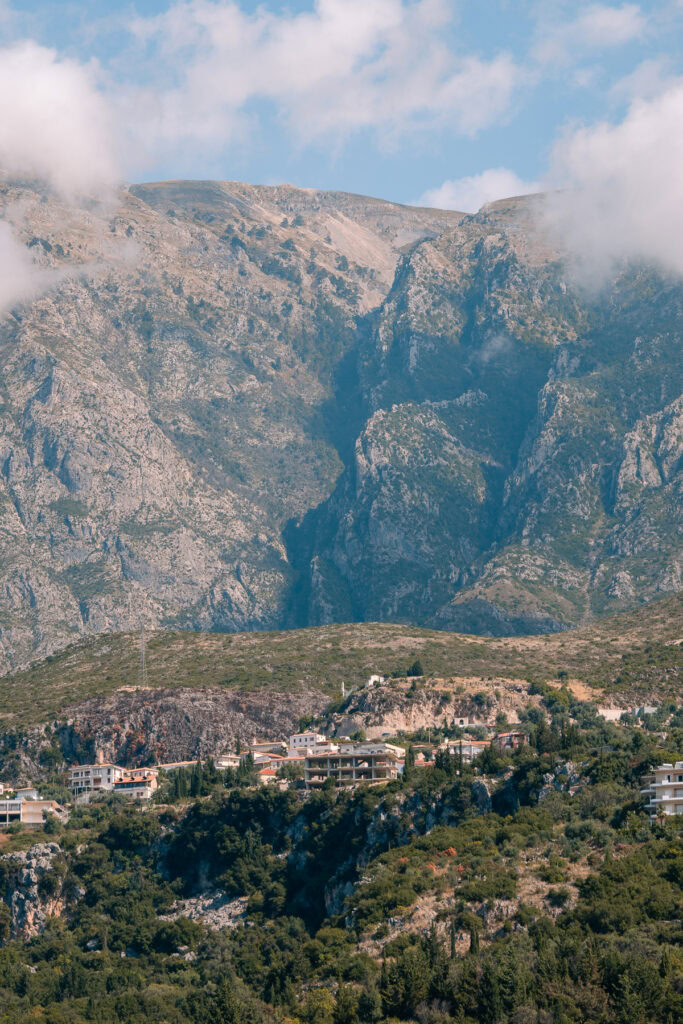
Getting around Albania as a solo traveller
Buses & furgons
Albania’s public transport network can be tricky to navigate, with lots of different operators and outdated info online, making it difficult to plan anything in advance.
Buses connect most major towns and tourism spots, but timetables change seasonally and even then aren’t always reliable.
The easiest way to lock in your travel plans ahead of time is to book bus tickets through GjirafaTravel’s website, though not all operators use it so it’s not an exhaustive list of options. If you can’t find a bus that suits you on there, you’ll need to research operators that service the route you’re taking, and either contact them via WhatsApp or email or visit their ticket office to get the full details.
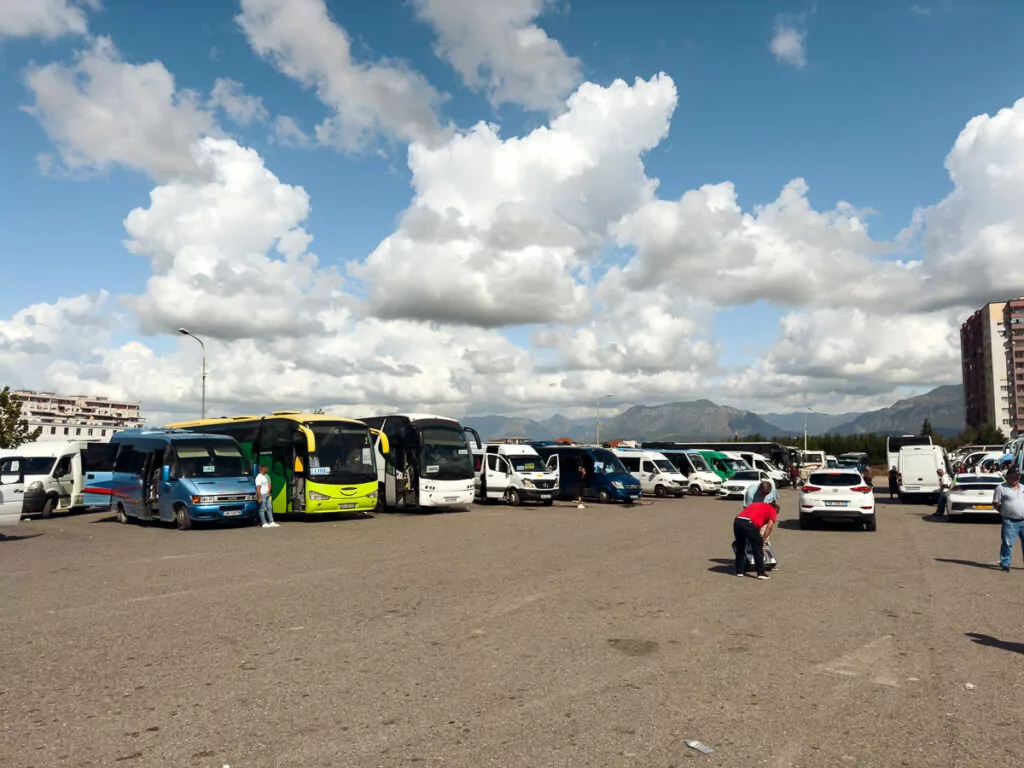
Everything is very manual, you mostly pay by cash and get a paper ticket, there’s often no electronic record of customers, and if a bus is full it might leave early, even if you’ve bought a ticket online or in advance. Get to the bus stop at least 20 minutes before your departure to avoid being stranded.
Furgons (minibuses) service smaller villages, mostly used by locals, and they’re a bit of an adventure!
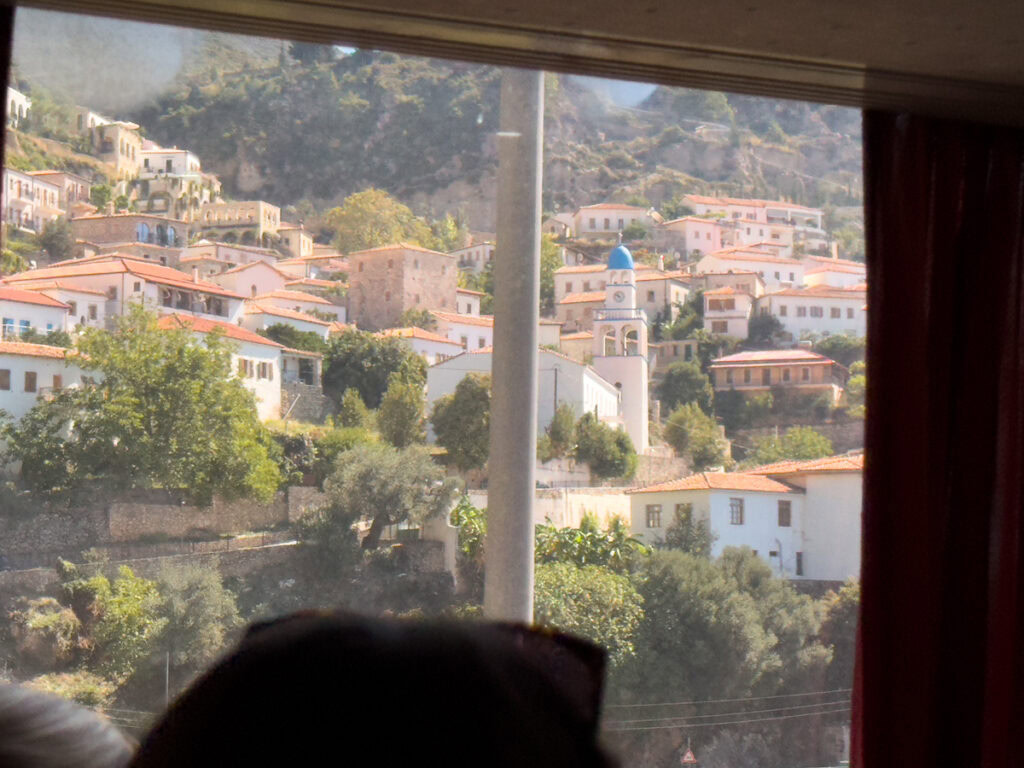
They generally don’t run to a timetable, they just go when they’re full, and they only stop where people need to get off or if someone is waiting. You need to tell the driver where you want to get off, otherwise he might skip the stop, and don’t expect him (or anyone else in the bus) to speak English.
Furgons can be very cramped, they have limited luggage space, and it wouldn’t be uncommon for the van to be full of local men and no women, so keep this in mind before taking one solo.
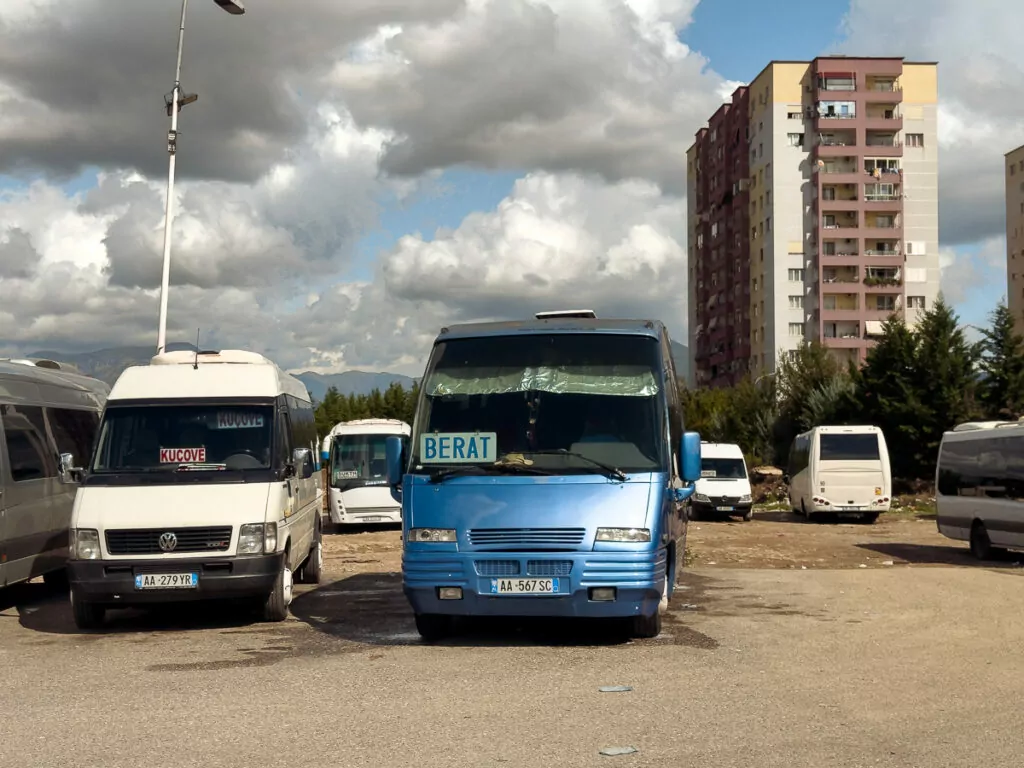
Renting a car
Having your own car in Albania gives you loads of freedom, but the roads are like the wild west, so this is only recommended for confident drivers. I cannot explain how many near-misses I witnessed due to dangerous overtaking or complete disregard of centre lines and stop signs.
If you do decide to do a roadie:
- Drive defensively and expect the unexpected
- Let aggressive drivers overtake you
- Avoid driving at night
- Stick to the road rules, even though no one else does
- Make sure you have a valid license (you’ll need an IDP if your home country isn’t a part of the 1968 Vienna Convention, and that includes anyone with a New Zealand, Australian, USA or Canadian license)
- Get comprehensive travel insurance which covers rental car excess (my Cover-More insurance policy includes this but for some policies it’s an optional add-on)
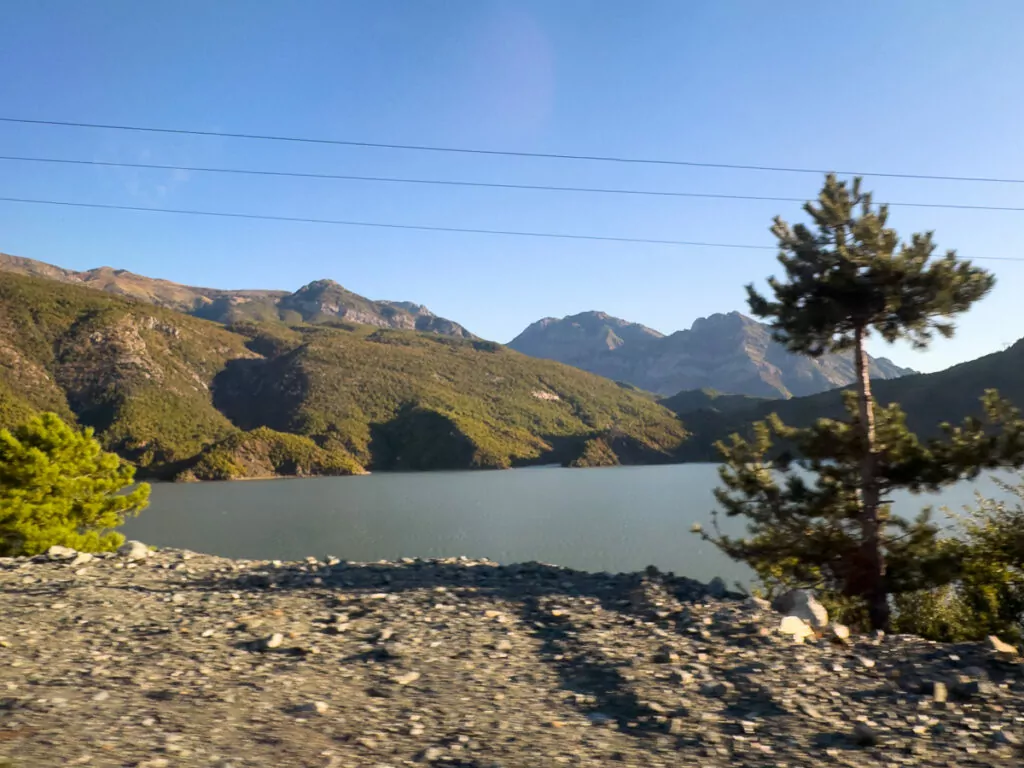
Booking a group tour
One fantastic benefit of Albania’s rising popularity is that more operators are running group tours here, which are ideal for solo travellers wanting to explore without logistical hassles or safety concerns.
Look for tours on TourRadar (use the code ALEXX100 for a cheeky discount), some good options are:
- Tirana to Corfu: Ancient Towns & the Albanian Riviera with G Adventures (7 days, 18-39 year olds)
- Montenegro & Albania Adventure with G Adventures (14 days, 12+)
- Albania Beaches & Peaks with Contiki (8 days, 18-35 year olds)
- Pearls of Albania with Choose Balkans (8 days, all ages)

What to wear in Albania as a female traveller
There’s no strict dress code in Albania, and what you should wear varies depending on where you are.
Tirana is the same as any European city, you can wear typical Western clothes and you’ll see young locals wearing the same. If you’re visiting any religious sites you’ll need to cover up.
In the touristy beach towns you can wear normal swimwear, but it’s a good idea to cover up when you’re leaving the beach/pool/bar just to minimise the chances of receiving unwanted attention from creeps.
In more local towns and villages, it’s respectful to wear modest clothing and cover your shoulders and knees. Lightweight, loose-fitting, breathable clothing is ideal.
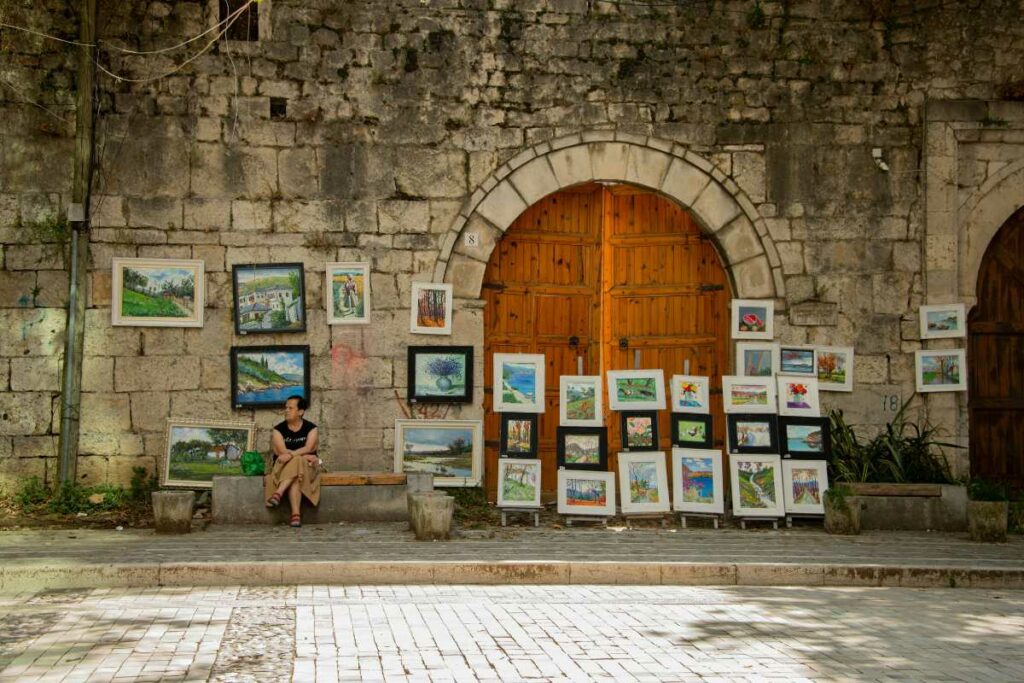
Is solo travel in Albania cheap?
Considering Albania’s considered a developing country, and the average standard of accommodation, transport, food etc. fall perfectly into that category, it’s really not as cheap as you might expect, especially if you want comfort and quality.
A quick FYI: Prices are rising every year so any price estimates you see online for hotels, food and activities could well be out of date. The prices I’ve specified below are based on my trip in September 2024, expect things to cost more in summer 2025.
If you’re a solo backpacker happy with hostels or homestays, public transport and local restaurants, you can keep your Albania costs pretty low, especially if you avoid the Riviera’s party towns and peak summer months.
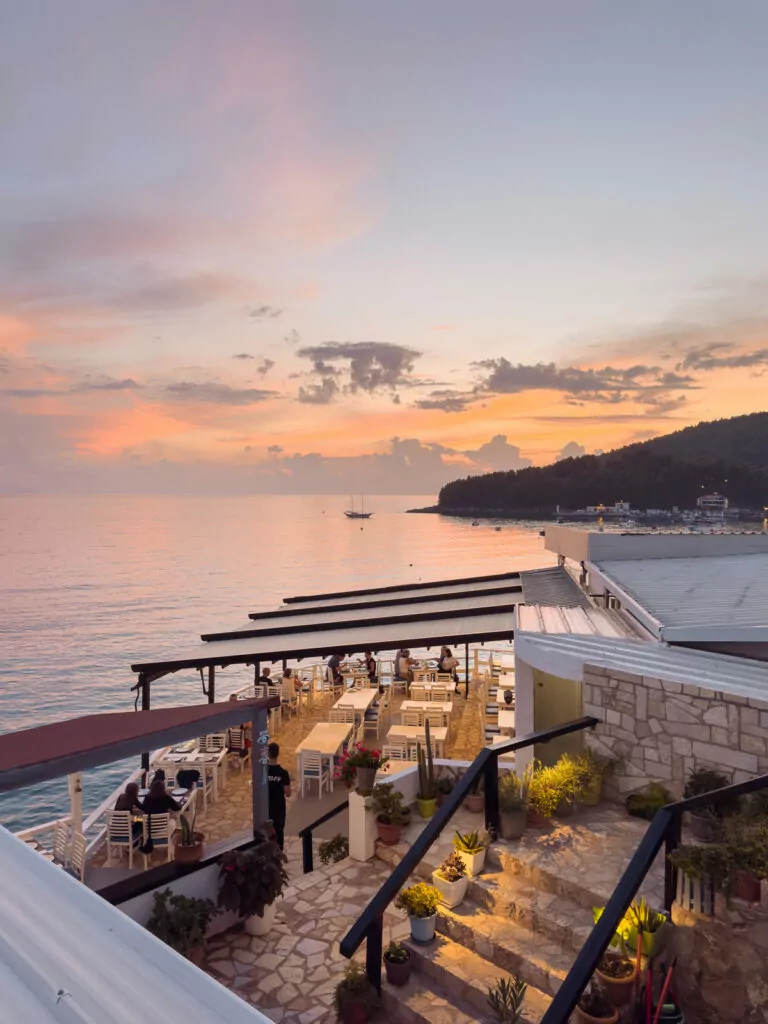
But if you’re an ‘in between traveller’ like me, too fussy for budget travel but too poor for splurging all the time, you’ll find that decent accommodation, taxis and epic activities like boat trips aren’t that easy on the wallet. I spent less money in Puglia, southern Italy, for the same kind of travel style.
Some important things to know about budgeting for Albania solo travel:
- Costs vary drastically between regions, with Northern and inland Albania generally offering the best value, and the Riviera offering the worst
- Albania’s tourism is extremely seasonal so accommodation prices in summer can be 2-4x higher than shoulder season
- May/June and September/October are ideal for value, but some Riviera businesses close outside of peak season
- Albania is still a predominantly cash-based society and even big things like apartment bookings can only be paid in cash. Euros are widely accepted at a set rate.
- ATMs are wildly expensive, the most expensive I’ve ever seen in Europe, even the bank-owned ones which usually have lower fees! In tourist areas bank-owned ATMs charge €5-8 for a withdrawal 🤯 and private ATMs might charge more. This is the case throughout the country, including Shkodër, Tirana, Gjirokastër and the Riviera. I did not find a single ATM that didn’t charge for withdrawal.
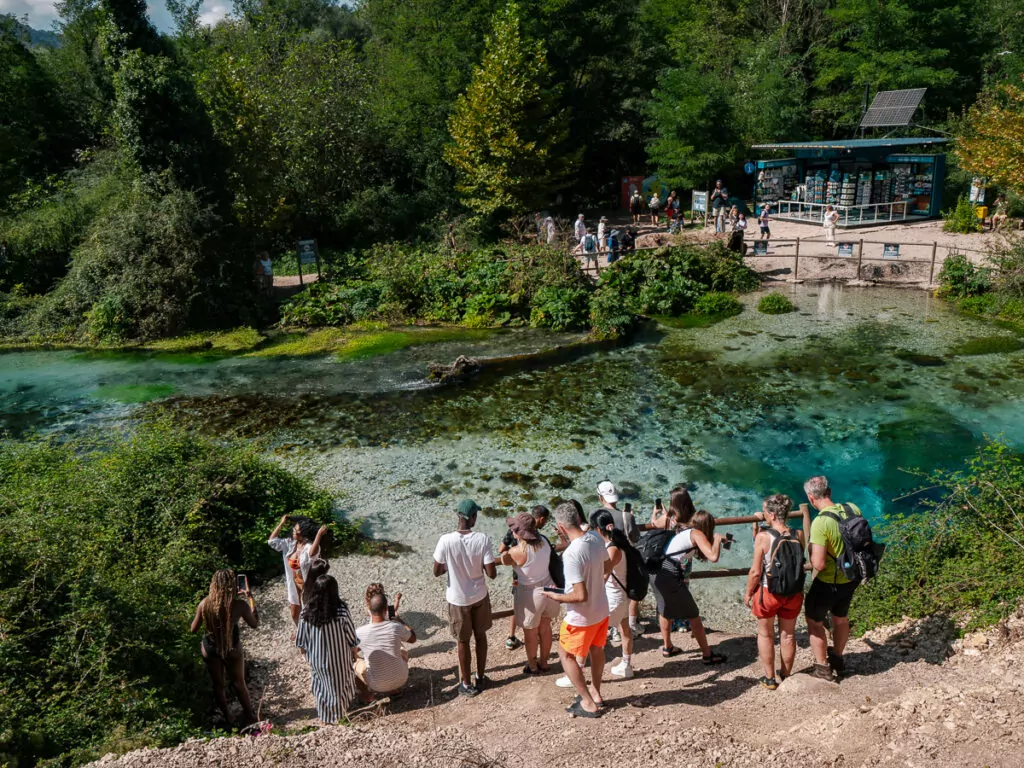
Accommodation costs as a solo traveller in Albania
There are hostels in all major tourist areas, with beds at basic backpacker hostels from €10-15, or fancier boutique hostels from €20-25. Homestays are common for more local areas or in the mountains, generally from €20-40 per night, but the good ones get booked early.
Hotel and apartment prices vary way too much to give you a helpful range, you might find somewhere cheap and cheerful from €35 if you’re in the shoulder season and booking in advance, but a last minute booking in summer might mean the exact same place is €120!
My best tip is to book your accommodation at least 6 weeks out if you’re visiting during the busier months, because demand for Albania is not slowing down any time soon which means last minute prices just keep going up.
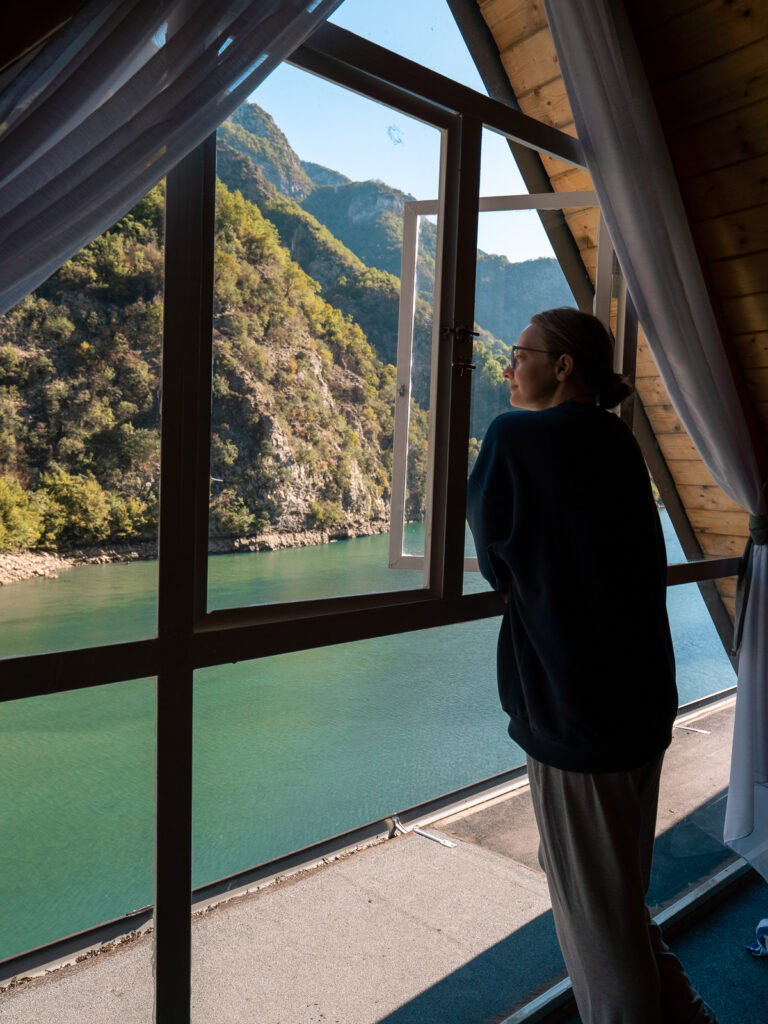
Food costs
Restaurants in Northern Albania, inland Albania and Tirana offer excellent value for money and great service, with hearty local food and some of the best Italian food I’ve had outside of Italy. My main meals at sit down restaurants were all between €7-12, with casual eateries even cheaper.
Restaurants in the Riviera are much more expensive, you’ll notice that their menus have prices written in pencil or with tape over them because the prices increase constantly. Most of my main meals were €15-25, casual food still €10-15 for takeaway burger or pizza.
The annoying thing about food as a solo traveller is that there’s no one to share a meal with and save costs, and Albanian portion sizes for main meals are prettyyyyy big! I like staying at places with kitchen facilities, a fridge at the absolute minimum, so I can take home leftovers.

Transport costs
Local transport is cheap cheap cheap, short bus rides (1-2 hours) are generally €3-6, longer trips might be €8-15.
Taxis are expensive, and most drivers will try to negotiate an inflated flat rate rather than use the meter. Sarandë to Ksamil taxis cost €12-15 in 2023, then in 2024 the price was €25-30 one way 😲 take the bus instead.
Car rental prices vary widely depending on demand, and if you’re picking up/dropping off in the same place you can get pretty good deals from €20 per day in the north or €30-40 per day in the south.
If you’re wanting to do a one way hire (pick up Sarandë and drop off Tirana for example) the price skyrockets, it was going to be an extra €250 for me to do this!
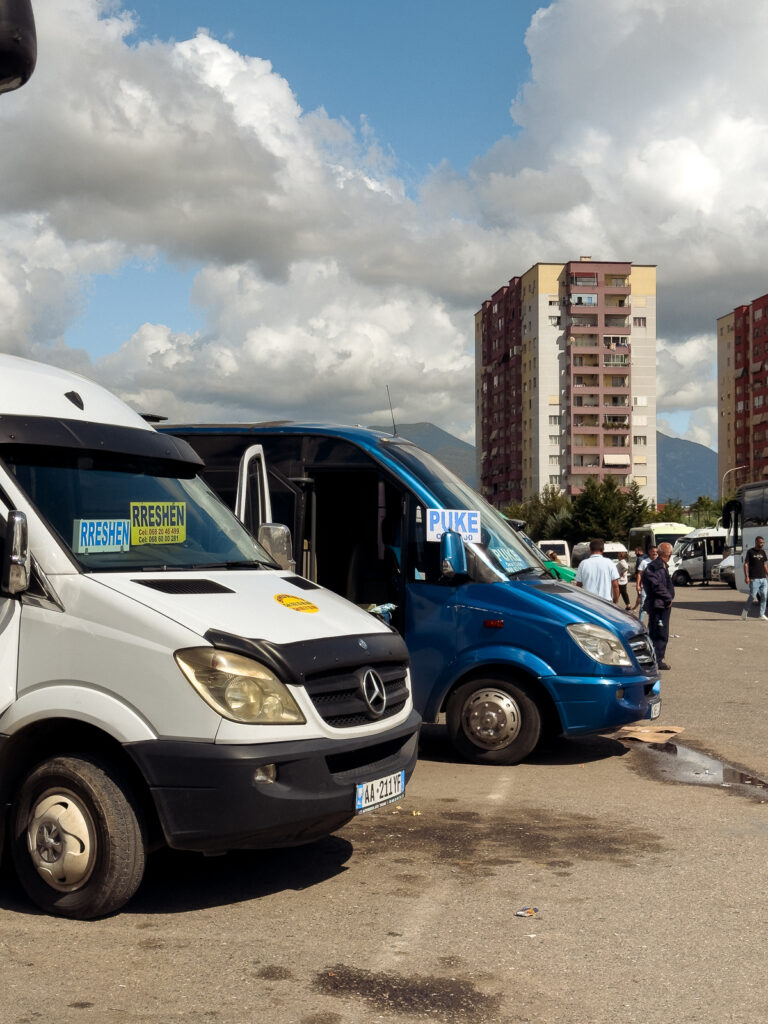
Activity costs
There are free walking tours in the major cities (tip €10 if you enjoyed it), two day guided hikes in the Valbona Pass range from €50-200 per person depending on the accommodation level you want, sun beds at mid-range beach clubs are €15-30 per day, and shared boat tours are a similar price to what you’d pay in Greece and Croatia, around €50-80 for a half day trip with swim stops.
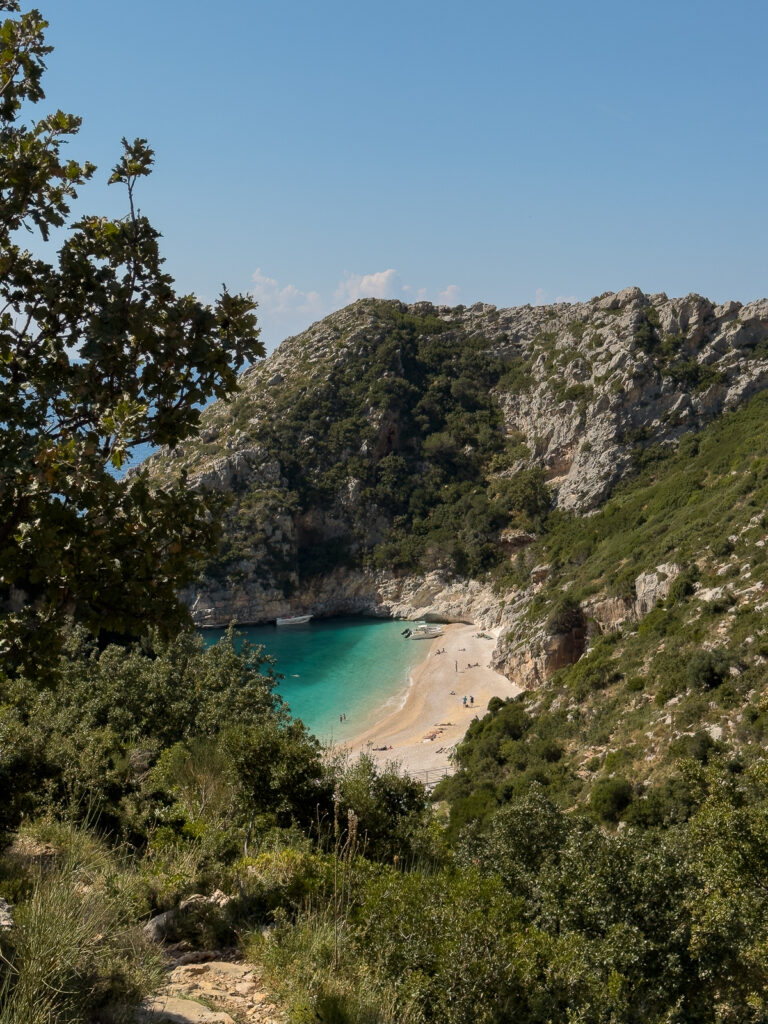
Albania solo travel FAQs
Is Albania safe for women?
Albania can be safe for women, but it’s a bit more complicated than that.
The crime rate is relatively low and violence against tourists is rare, but comfort levels as a woman in Albania (especially if you’re travelling solo) vary drastically between regions.
I personally felt safe and comfortable in Tirana, Northern Albania (Shkodër and Komani Lake), Gjirokastër and Himarë, where locals were welcoming and respectful. I had no safety concerns in any of these places.
Unfortunately, in Sarandë and Ksamil I experienced multiple uncomfortable situations with persistent local men who hassled me and felt entitled to my time and attention. I didn’t come to any physical harm, but really ruined my time in these places.
Albania is a very conservative country and there’s a visible lack of women in public spaces, especially outside the capital, so you just need to be prepared for this before you go.
Do I need travel insurance for Albania?
Travel insurance is highly recommended for Albania, the public healthcare system is underfunded and corruption is rampant, a comprehensive travel insurance policy can help you navigate this in the event of illness/injury or might evacuate you to another country for treatment instead.
If you’re planning on renting a car then make sure you get a policy that covers rental car excess too! I use Cover-More for all my trips.
What should solo female travellers wear in Albania?
There’s no strict dress code of Albania, but appropriate clothing differs by region.
Pretty much anything goes in Tirana and beach towns, there’s no expectation to cover up, though wearing tight clothes or showing a lot of skin can garner unwanted attention so be prepared for that.
Inland towns like Gjirokastër, Berat or Shkodër are more conservative, there are no specific requirements but it’s respectful to dress modestly, like loose clothing that covers your shoulders and knees.
How do I get around Albania without a car?
Albania’s public transport network is chaotic, but if you’re up for a challenge, you can see a decent chunk of the country’s highlights without needing a rental car. I’ve got a full guide on spending two weeks in Albania without a car.
Is Albania good for first-time solo travellers?
In my opinion (as a solo traveller with 60+ countries under my belt) I would not recommend Albania for first-time solo travellers, especially if you’re a woman. It’s a developing country with unreliable infrastructure and deep-rooted cultural norms around gender that can make solo female travel pretty uncomfortable.
That’s not to say Albania isn’t worth visiting, I loved most of my time here, but it’s a destination that really does require confidence, adaptability and a solid understanding of solo travel basics. If you’ve travelled solo before and can handle discomfort and some logistical problem solving then you’ll be fine, but if you’re fresh to the solo life, you might find it overwhelming.
The verdict: Is Albania good for solo travel?
Albania isn’t an easy destination for solo female travellers, but with proper preparation and realistic expectations, it can be super rewarding. Just choose your destinations wisely!
The north offers magical landscapes and authentic hospitality with minimal hassle, Tirana’s food scene alone makes it worth a trip, and the inland south gives you an insight into old time Albania with a fair share of ancient ruins too.
And though my own Riviera experience was a mixed bag, there’s no denying the coast is stunning, the water is beautiful, and smaller towns like Himarë have laidback Mediterranean charm without the safety concerns of the bigger party hubs.
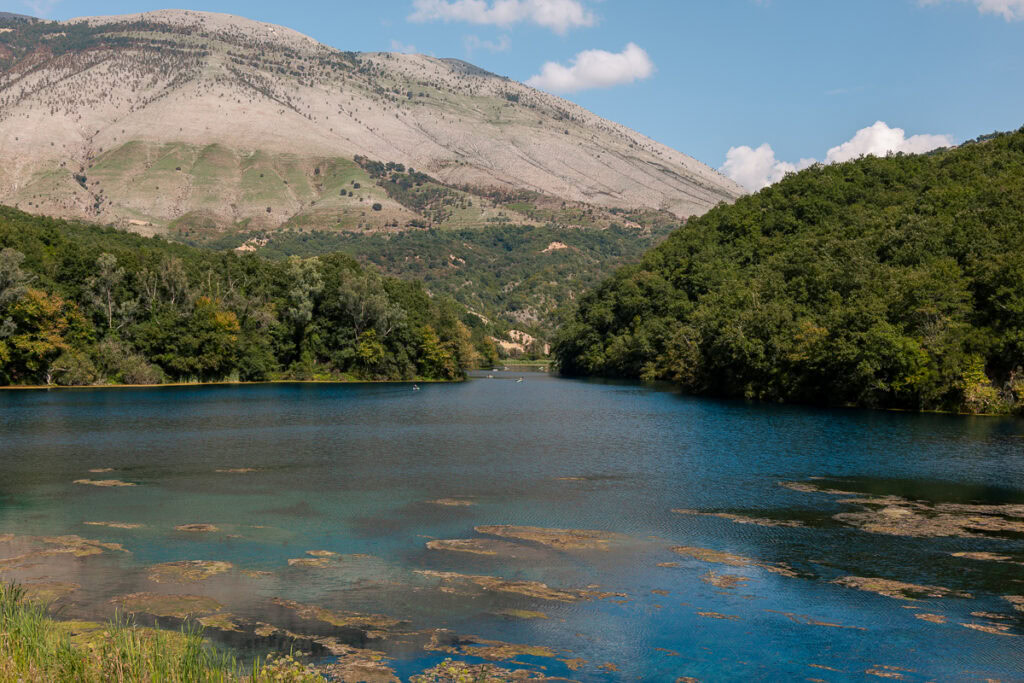
But, and I know this is maybe a controversial opinion, I can’t recommend Sarandë and Ksamil for solo female travellers right now. The combo of persistent male attention, hyper-inflated prices and the immense pressure of overtourism makes these specific towns pretty uncomfortable to enjoy as a solo female traveller.
If you’ve made it all the way to the end of this blog post then I am honestly amazed, but please come back here after your Albania solo trip and let me know in the comments how you found it! I’d love to keep this blog post up to date with current prices and experiences so any feedback after your visit would be so helpful.
Have a fantastic time 💃🏼
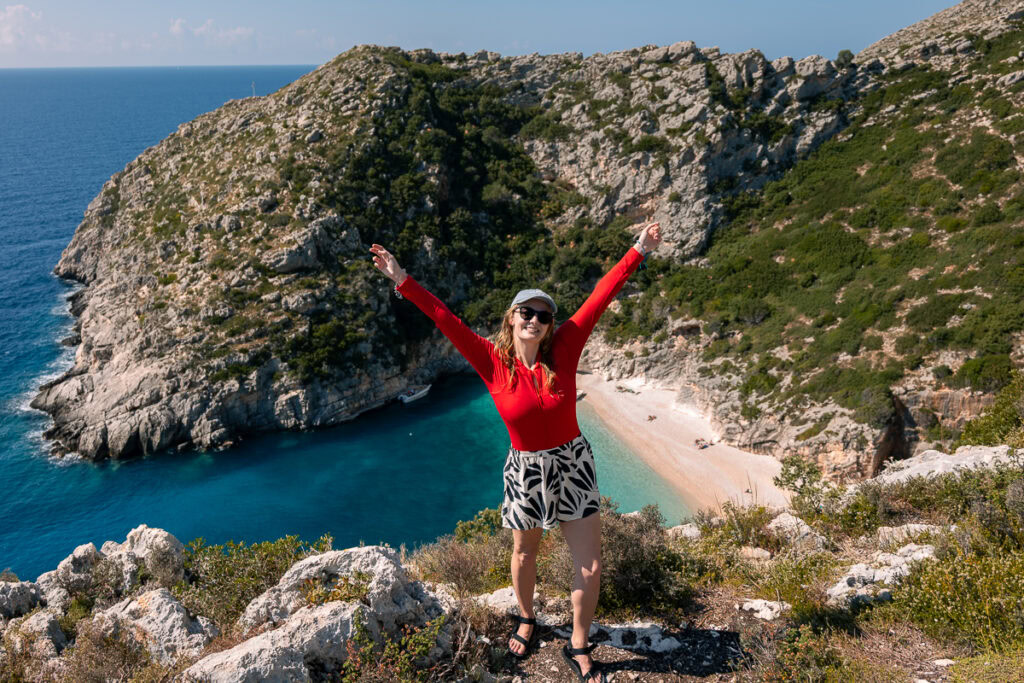
MORE ALBANIA TRAVEL GUIDES:
MORE SOLO TRAVEL GUIDES:
- Solo travel in Copenhagen, Denmark
- Solo travel in Edinburgh, UK
- Solo travel in Porto, Portugal
- Solo travel in Amsterdam, the Netherlands
- Solo travel in the Maldives
- Solo travel in Sri Lanka
- Solo travel in Marrakech, Morocco
- Solo travel in Bangkok, Thailand
- Solo travel in Kuala Lumpur, Malaysia
- Solo travel in Japan
MORE BALKAN TRAVEL INSPIRATION:
- The ultimate two week Balkans itinerary
- The perfect city break in Sofia, Bulgaria
- The perfect city break in Bucharest, Romania
- A guide to sailing in Croatia
- Medsailors Croatia sailing tour review
- A travel guide to Skopelos, Greece
- A travel guide to Alonissos, Greece
- Why a Greece sailing tour needs to be on your bucket list
MY GO-TO TRAVEL PLANNING RESOURCES
Flights ✈️ I use Skyscanner to find the best flights for my trip and then I’ll always book direct with the airline to protect myself from having to deal with dodgy third parties if anything goes wrong.
Trains 🚂 If I’m travelling through Europe, I try to travel by train wherever possible! For an extended trip (2+ weeks) I’ll calculate if a Eurail Pass is worth it, or I’ll book point-to-point tickets through RailEurope or the local train operator.
Accommodation 🛎️ I book almost all of my accommodation through booking.com, they have a user-friendly website + app and many of their options are free cancellation, easily cancelled with a simple click of a button.
Activities 🗽I use GetYourGuide, Klook and Viator to look for activities in the places I visit, or I just Google ‘things to do in [city]’! P.S. If you book anything on Klook you can use the promocode FINDINGALEXXKLOOK to get 10% off
Travel cards 💳 I’m a Wise gal through and through, they’ve been my chosen travel card for more than five years now. You can easily top up your card from your bank account or through Apple Pay, convert your money to local currency, and spend money with minimal fees and the best exchange rates around.
Travel insurance 🩺 I use Cover-More NZ travel insurance for my own trips, I have a comprehensive policy and I’ve only had good experiences with them. Cover-More also has an Australian company, but if you’re from elsewhere then two popular insurance options for global travellers are SafetyWing (cheaper policy, lower coverage) and World Nomads (more expensive but significantly better coverage).
Luggage 💼 I travel with Samsonite Cosmolite suitcases, one 75cm check in bag and a 55cm carry on bag, and I absolutely adore them and will never travel with anything else! They are SUPER lightweight (2.8kg and 1.9kg respectively) so I have much more space for my actual stuff.
Camera gear 📸 I use a iPhone 15 Pro Max for phone photos/videos, and my camera kit includes a Lumix S9 (incredible lightweight full-frame camera, a game changer for travel creators!) with a 20-60mm lens, a Lumix G9 with an 8-18mm and 12-60mm lens, a DJI Mini 3 Pro drone and a GoPro Hero 10. I do all my writing and editing on my ASUS Zenbook 14, it’s lightweight but powerful enough for photo editing and intense blogging sessions.
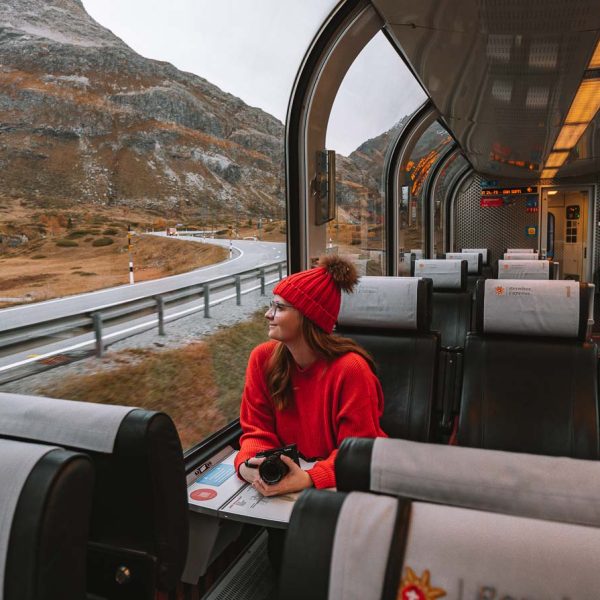
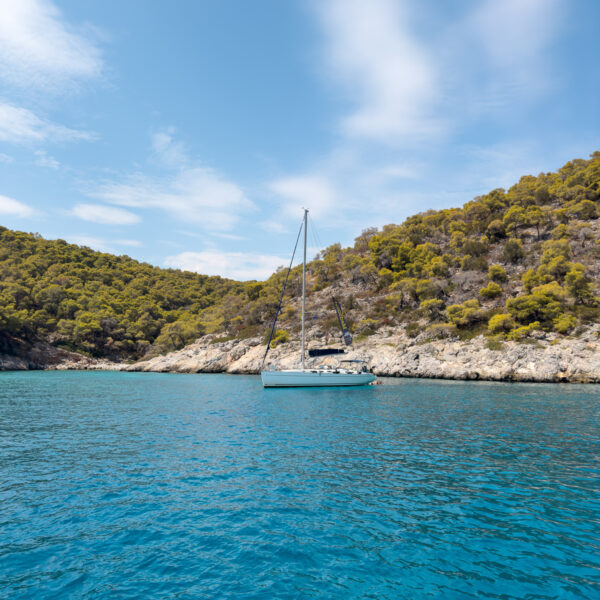
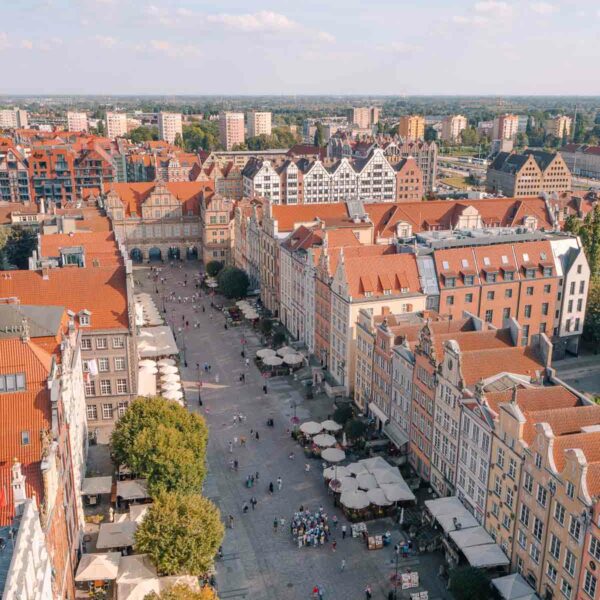
Just the post I’ve been looking for! I’m a solo female traveler wanting to do an Albanian trip mid-Sept 2025. It’s super exciting and of course instagram pics make it look dreamy and easy. Thank you for the dose of reality and challenges – kinda what I suspected but it’s good to get confirmation from a female solo traveler. Thank you!
Ahh thank you for the kind words 🥰 I’m glad it was helpful! Hope you have the best trip 💃🏼